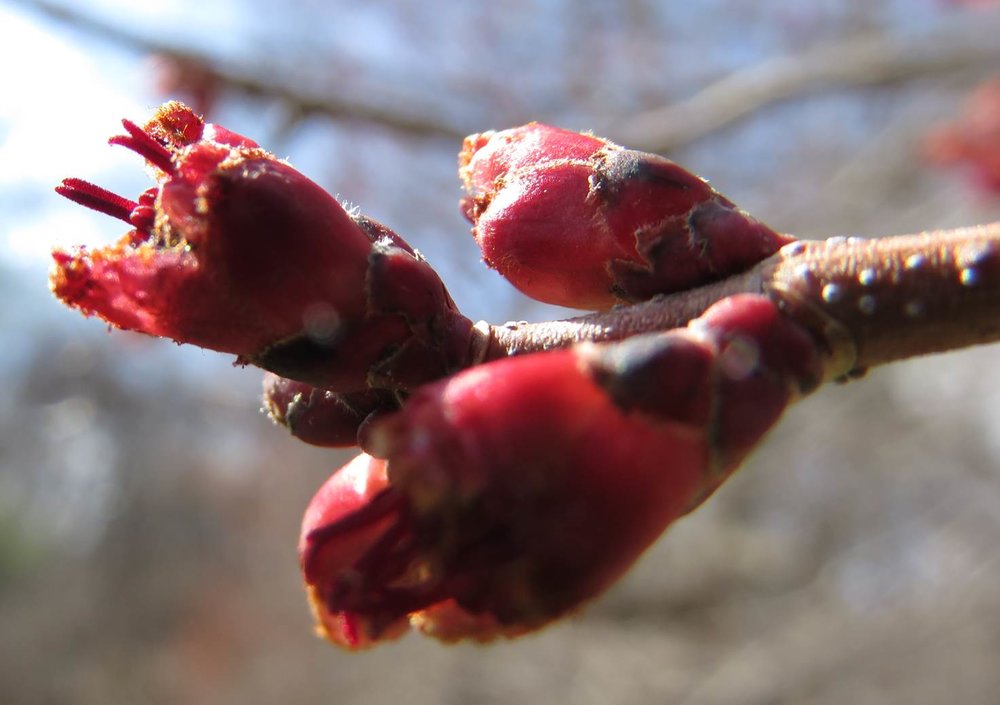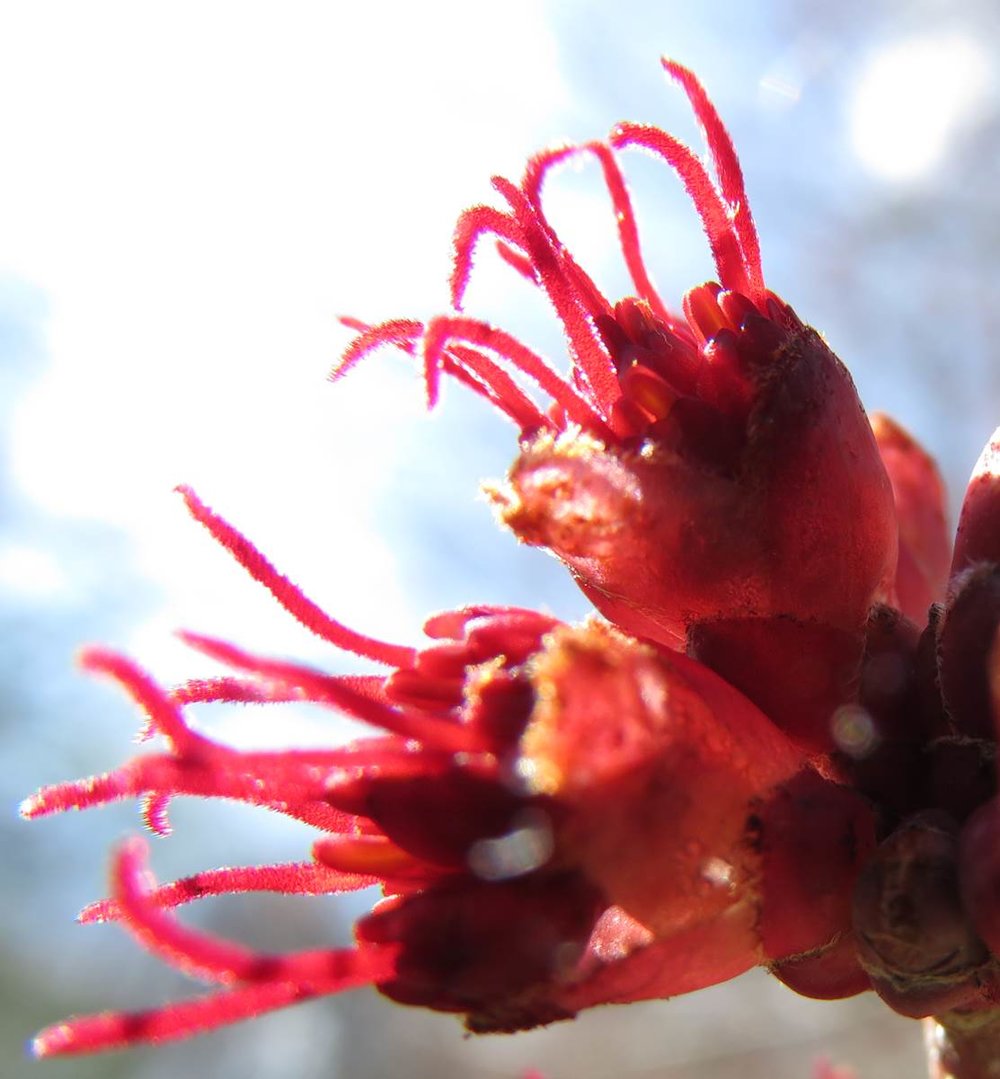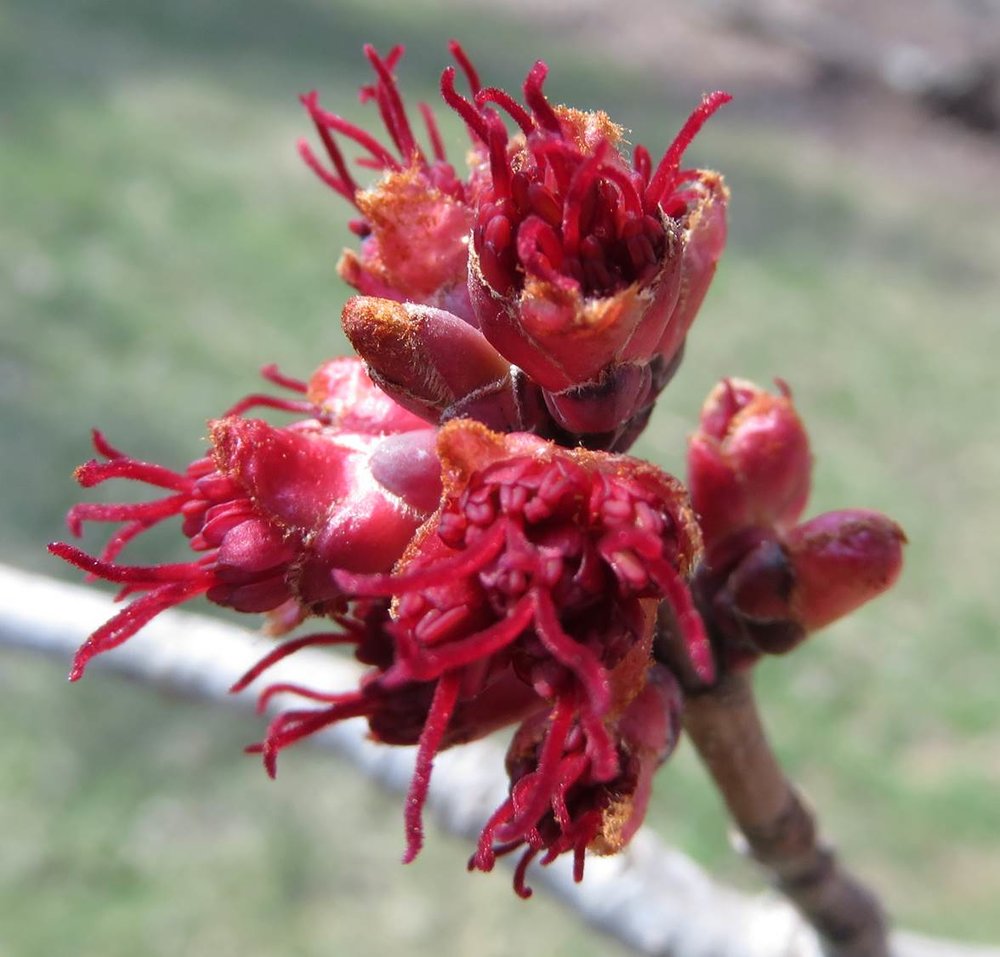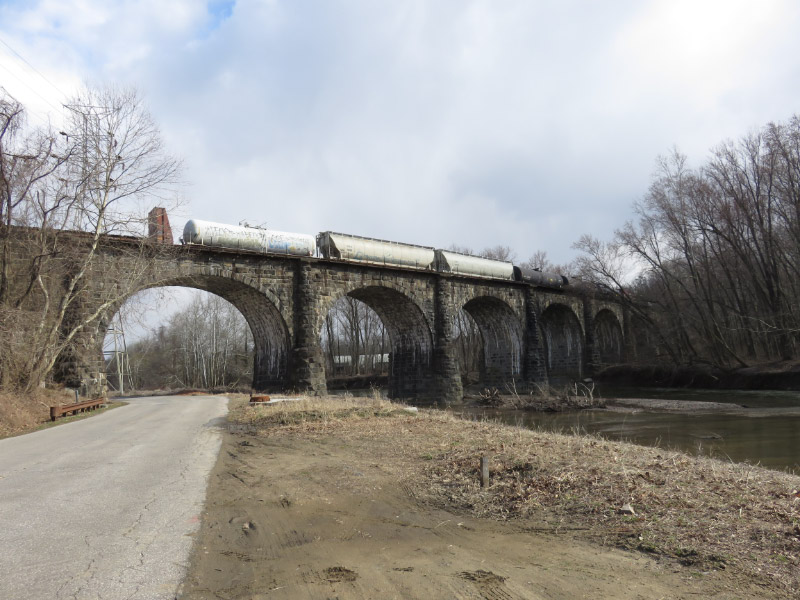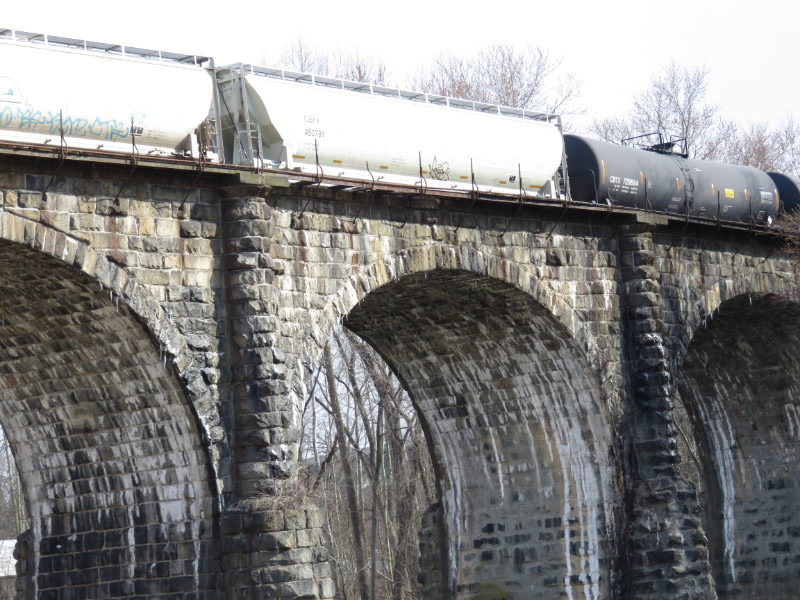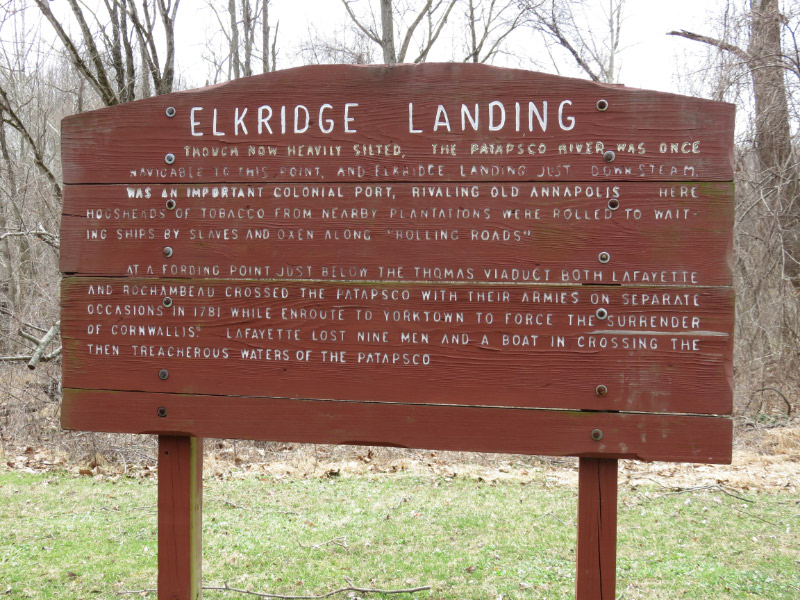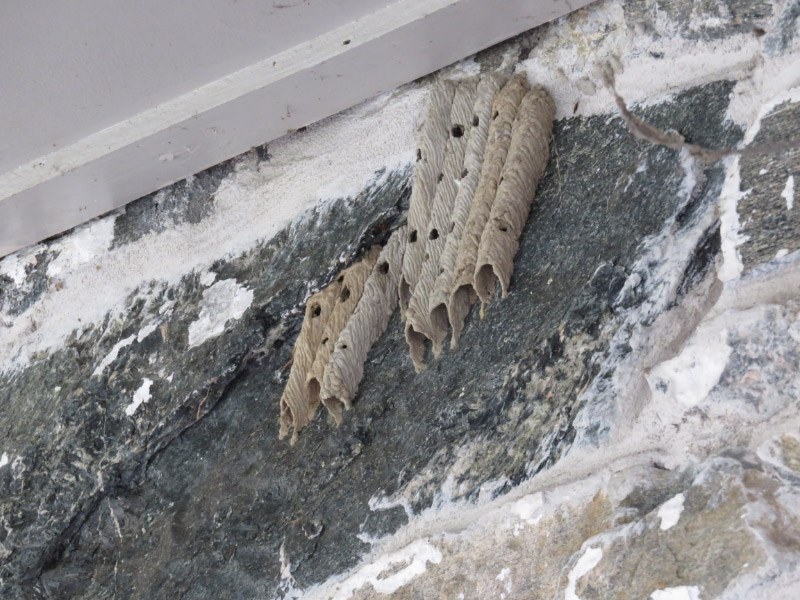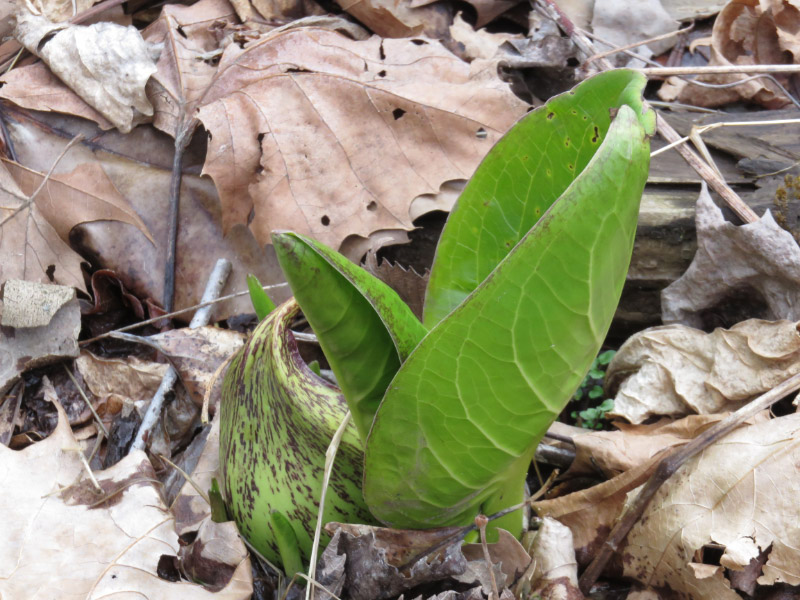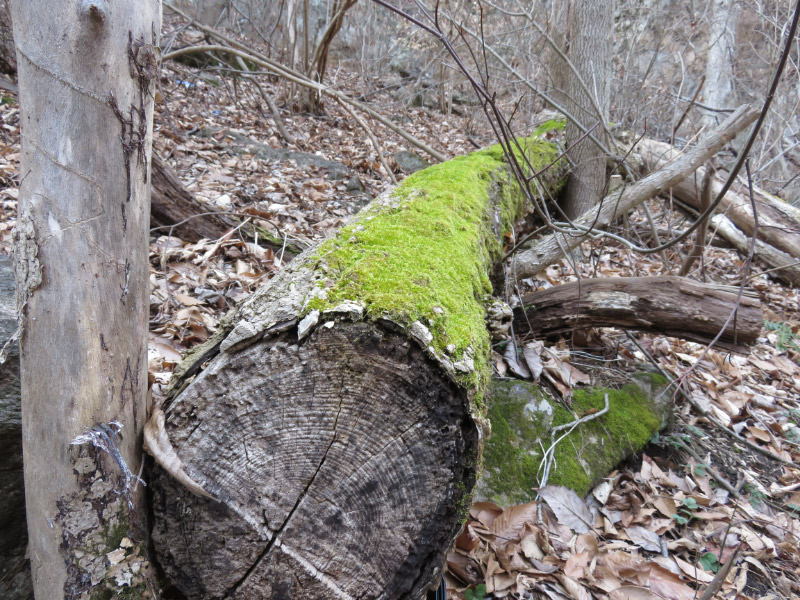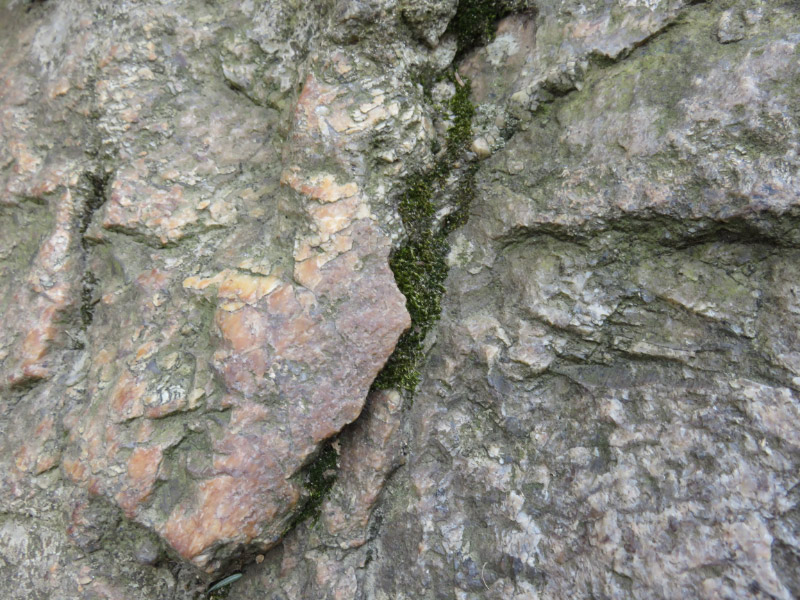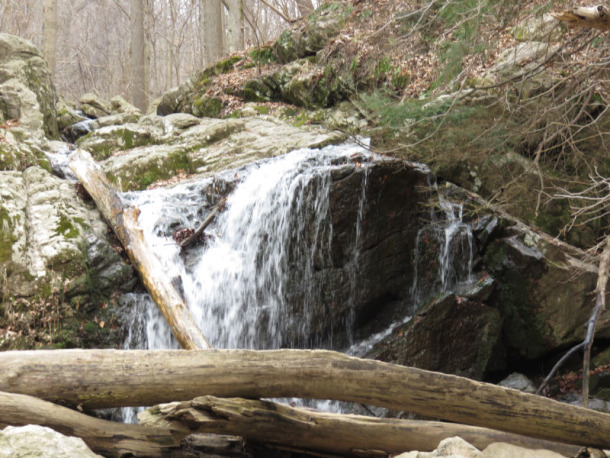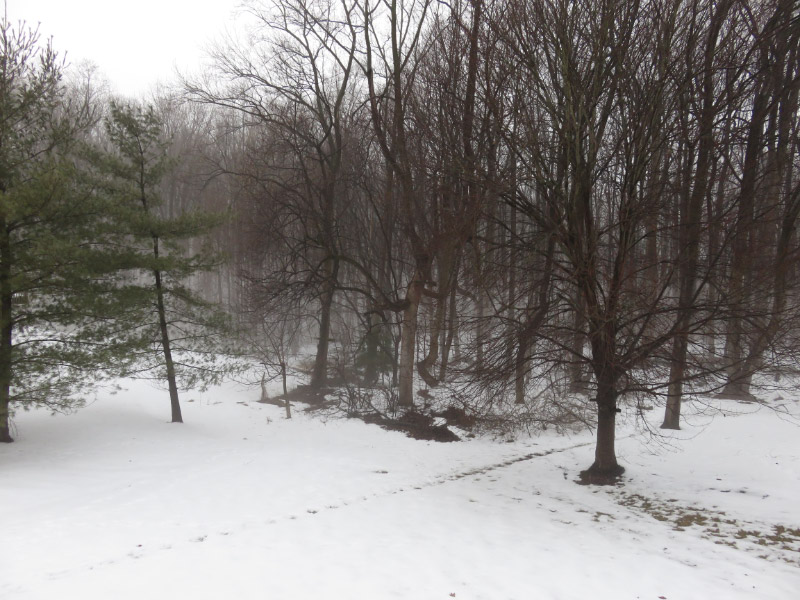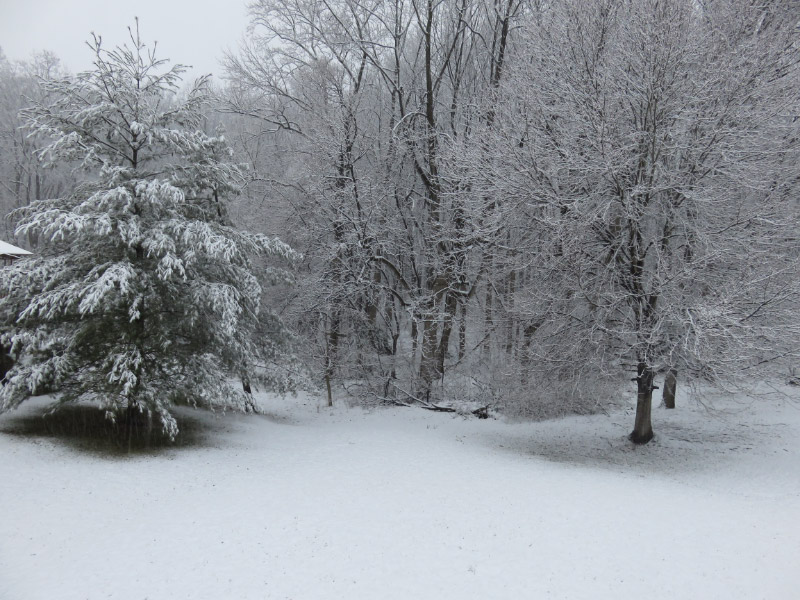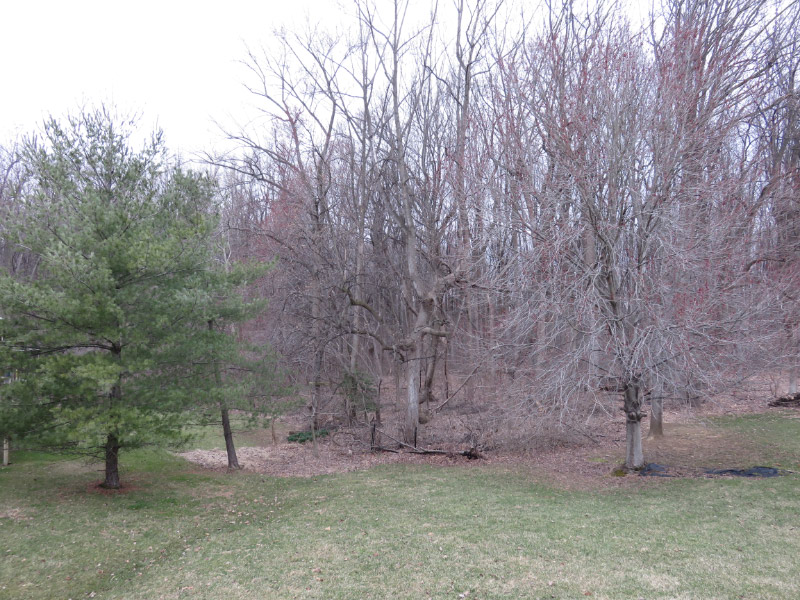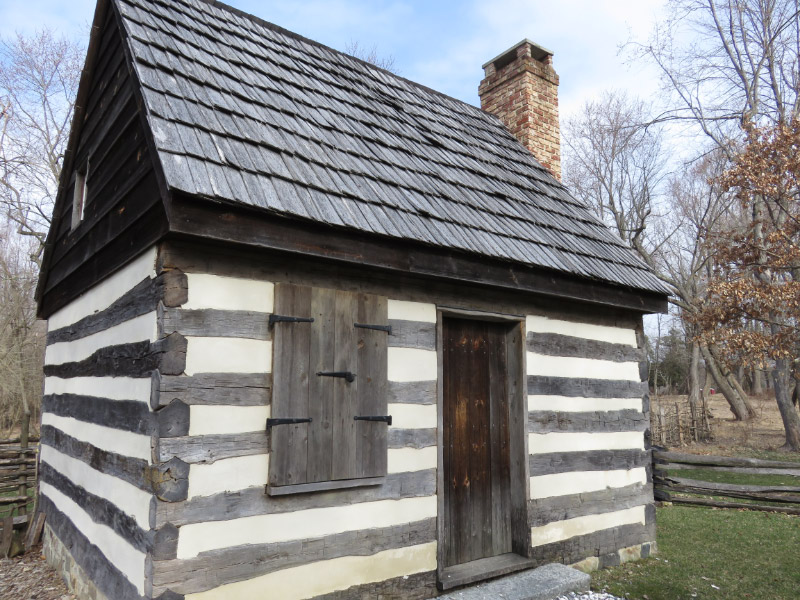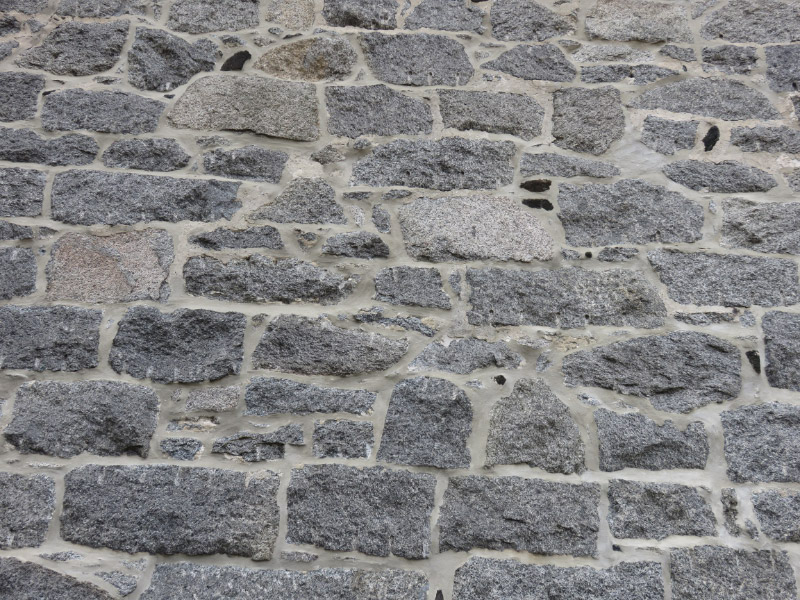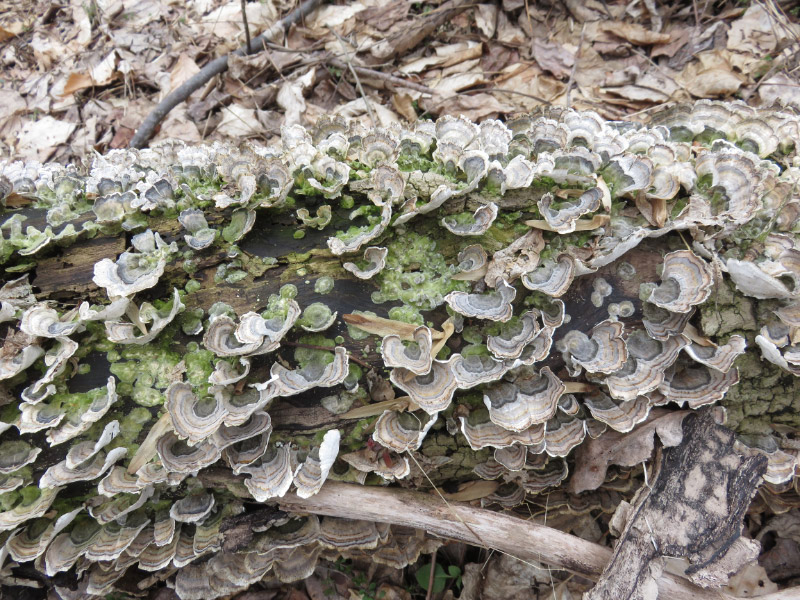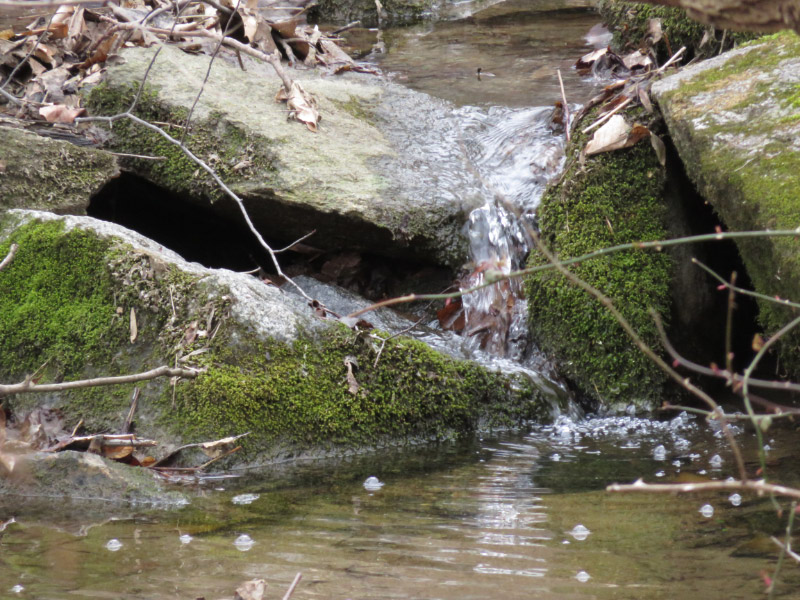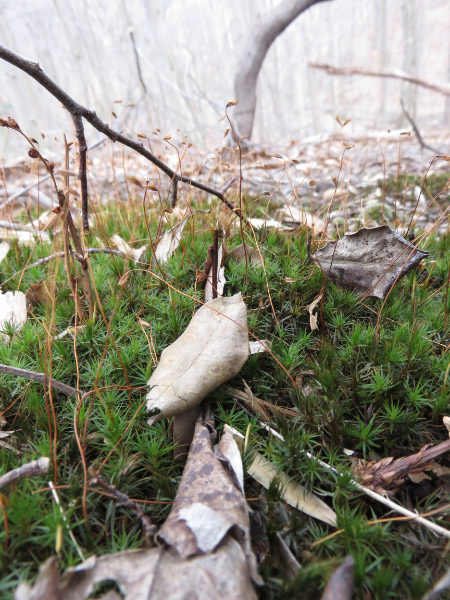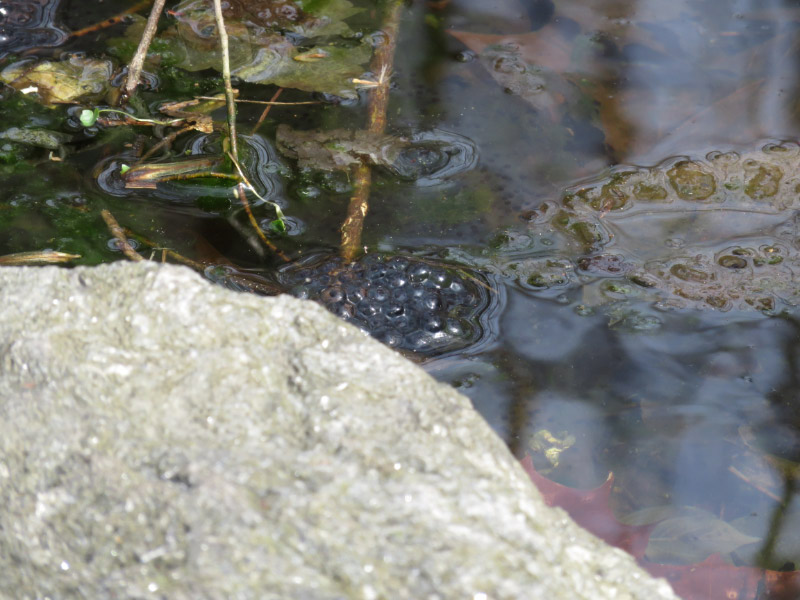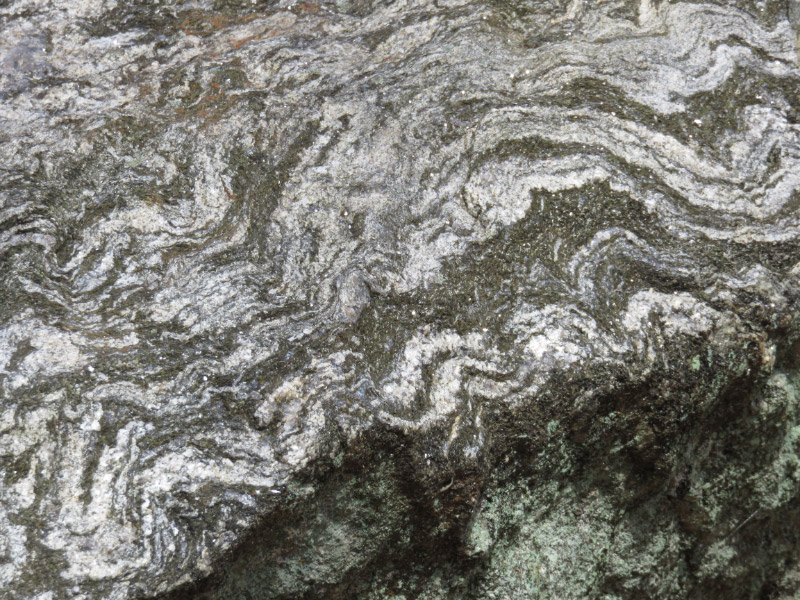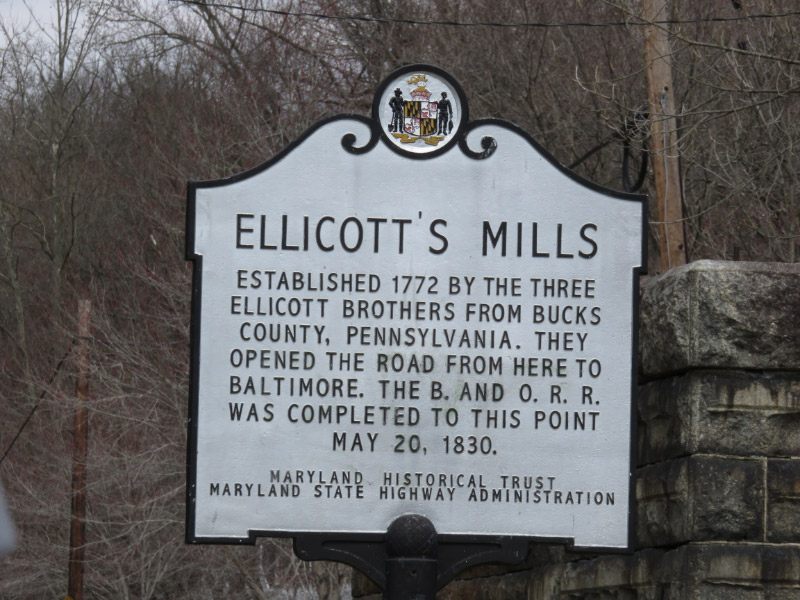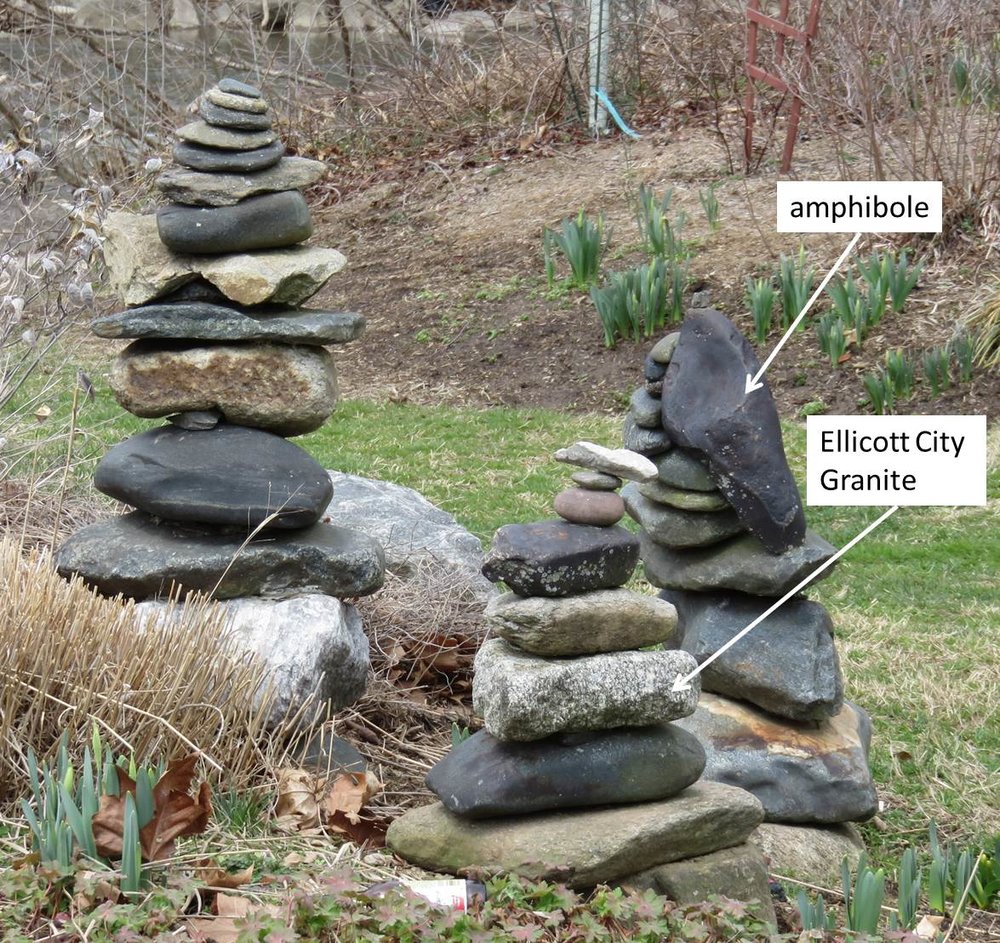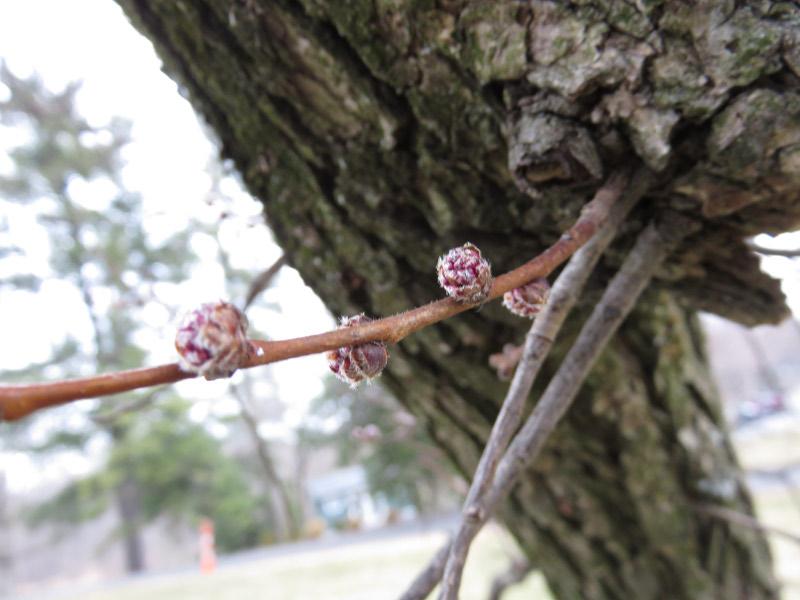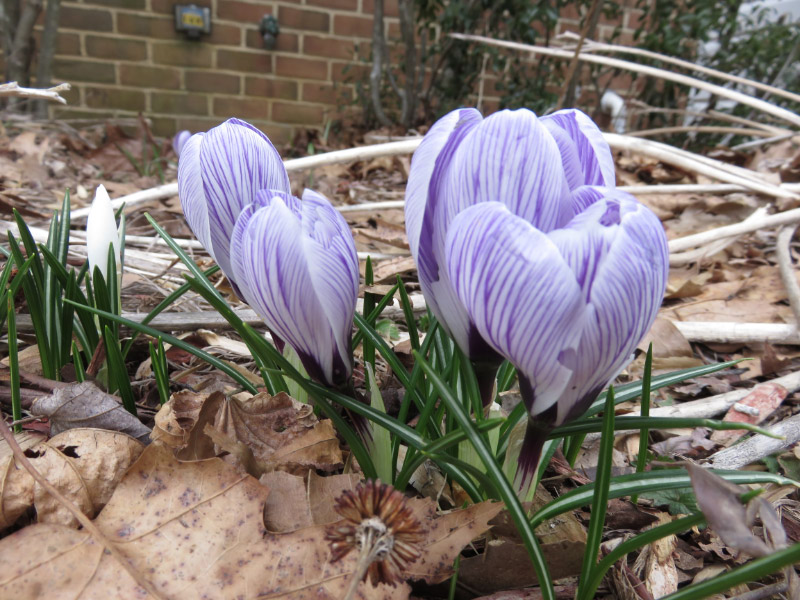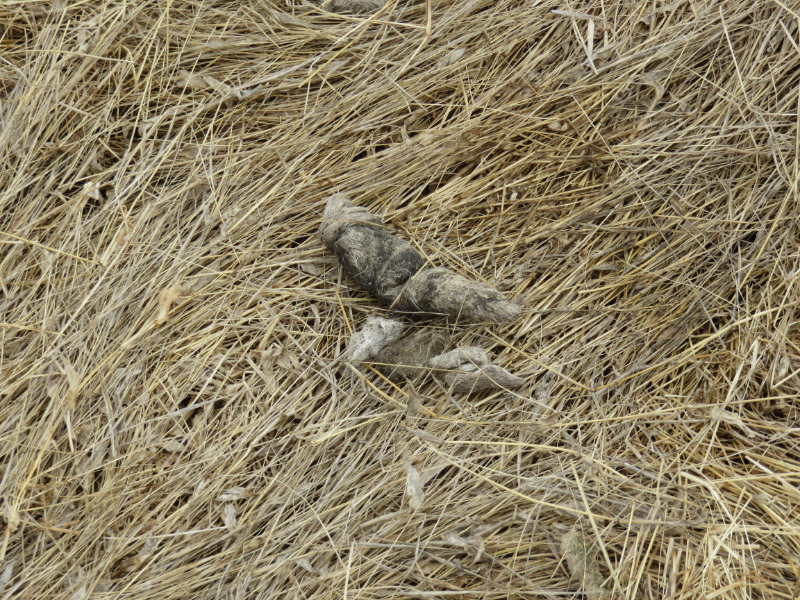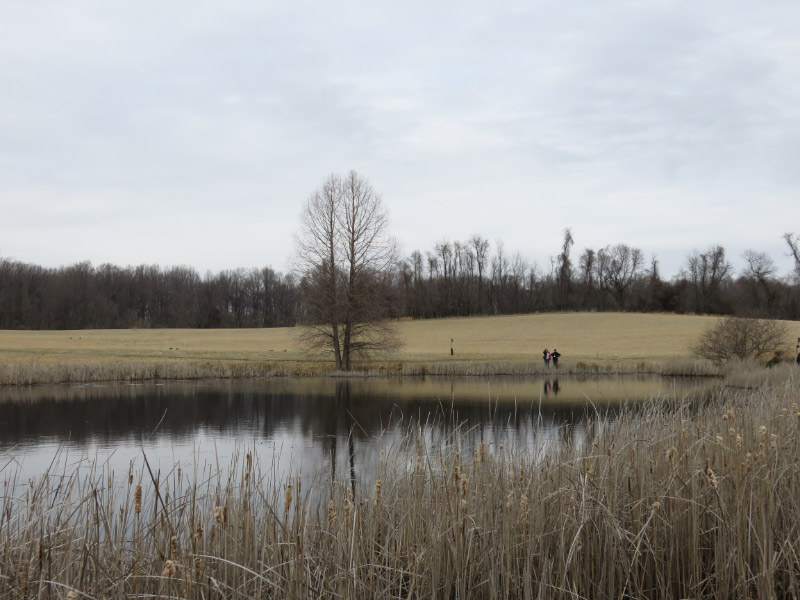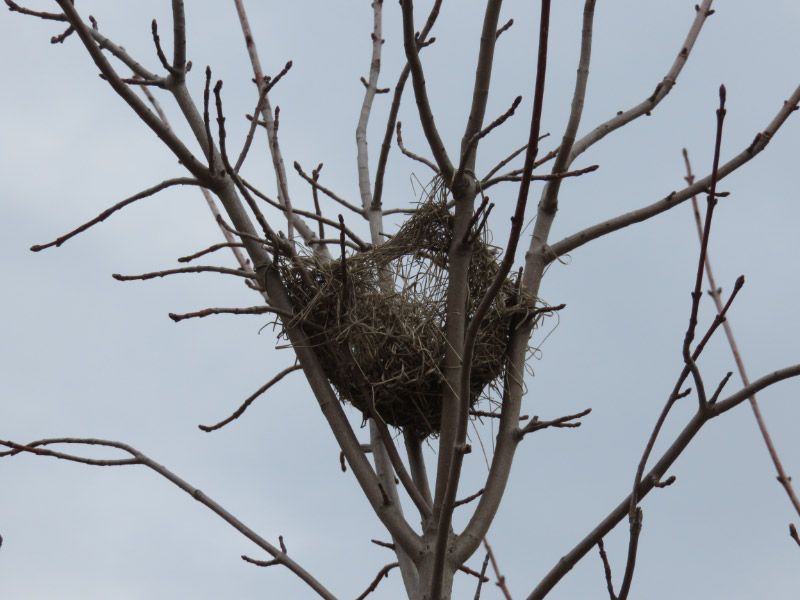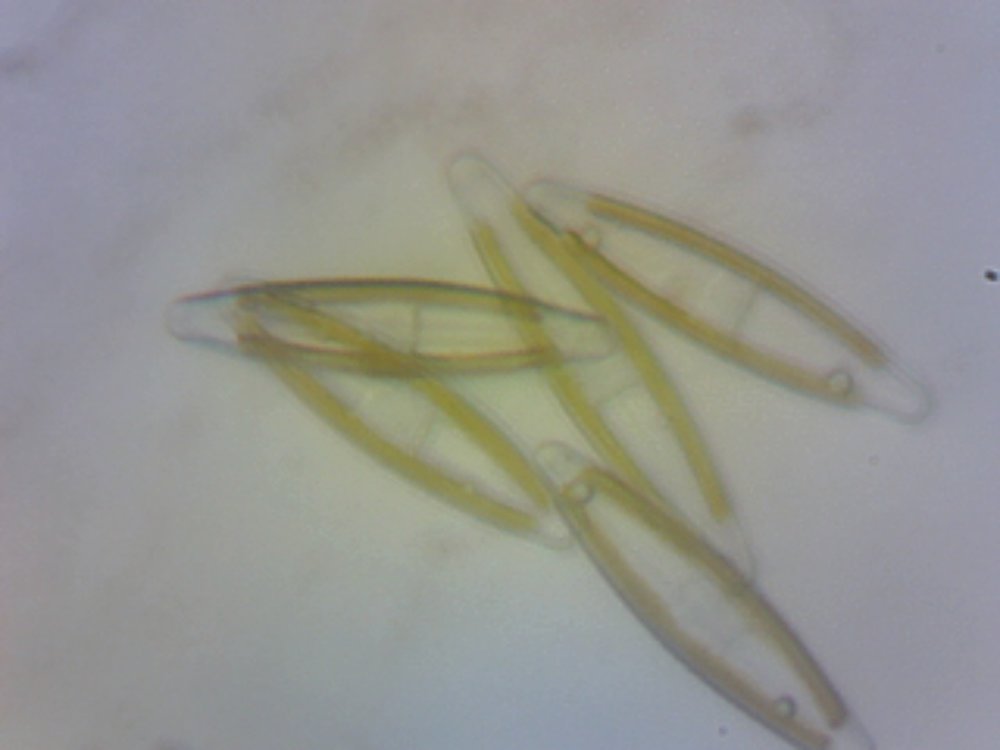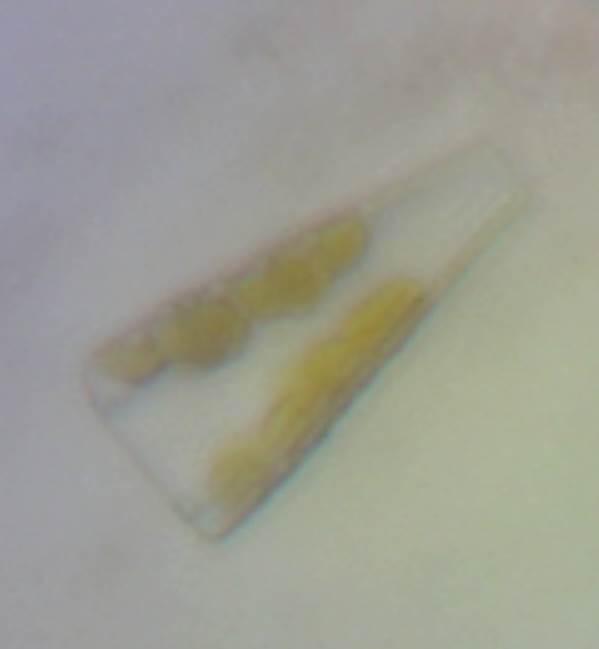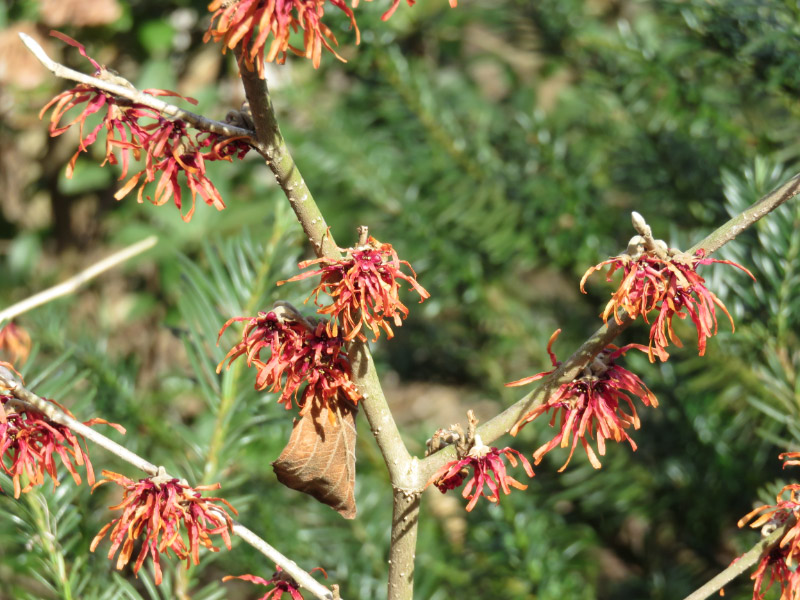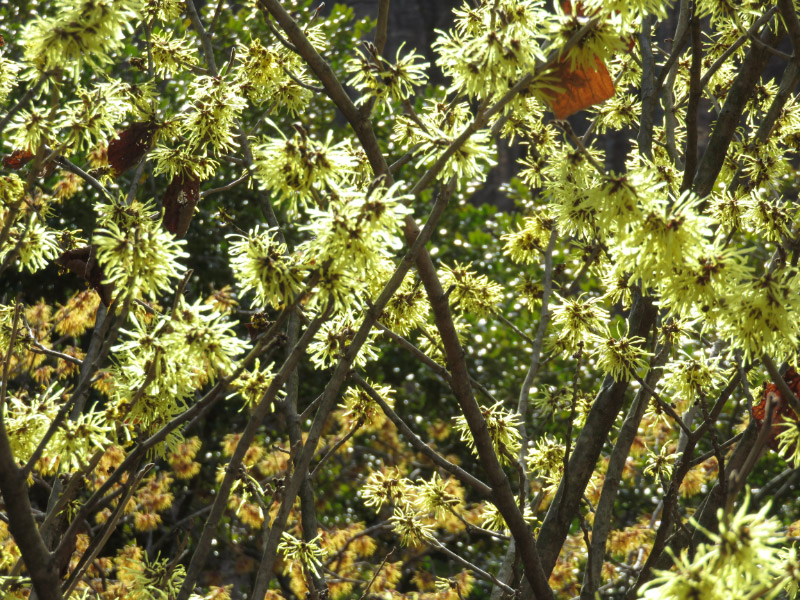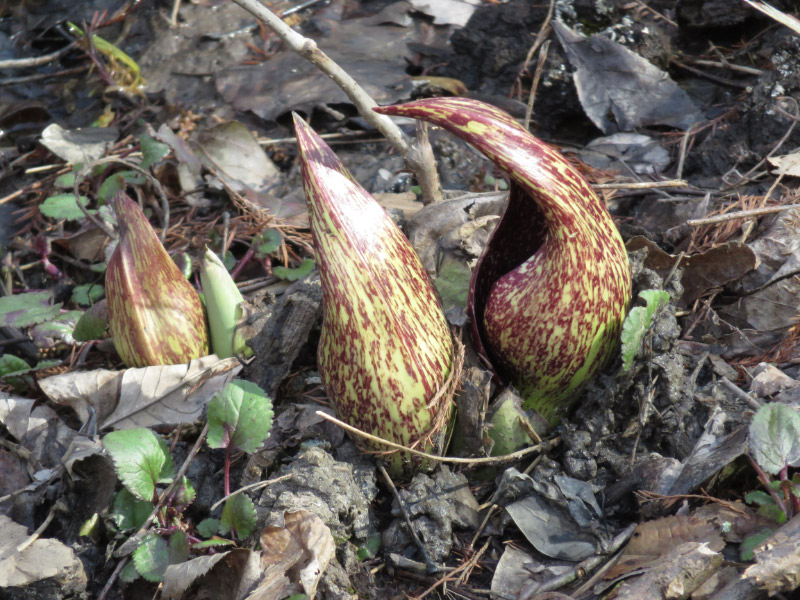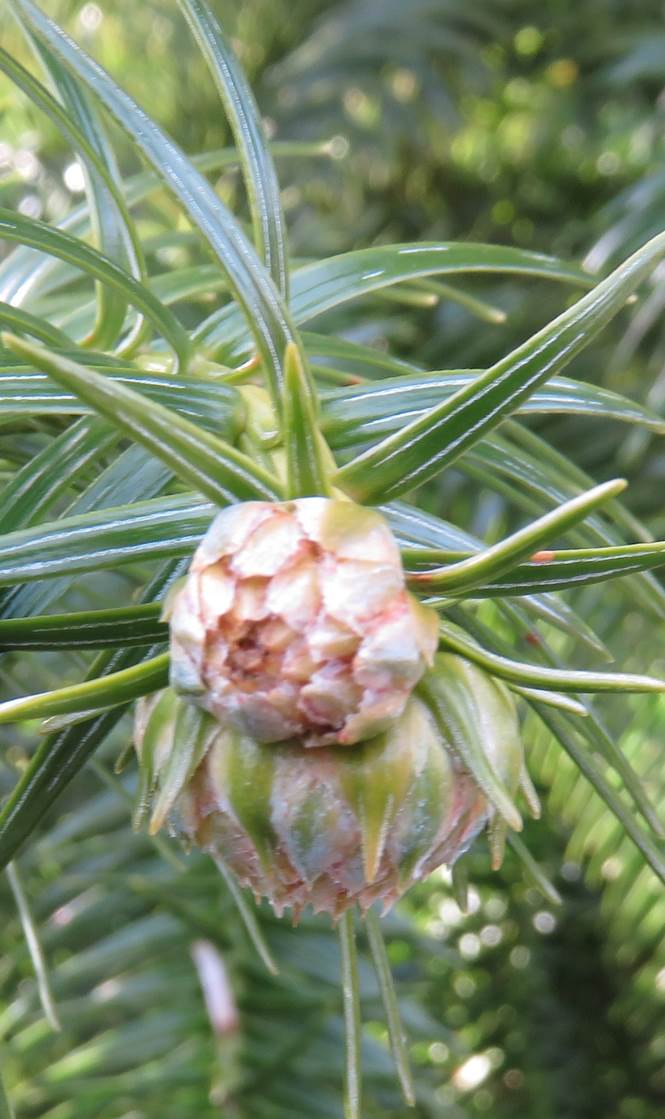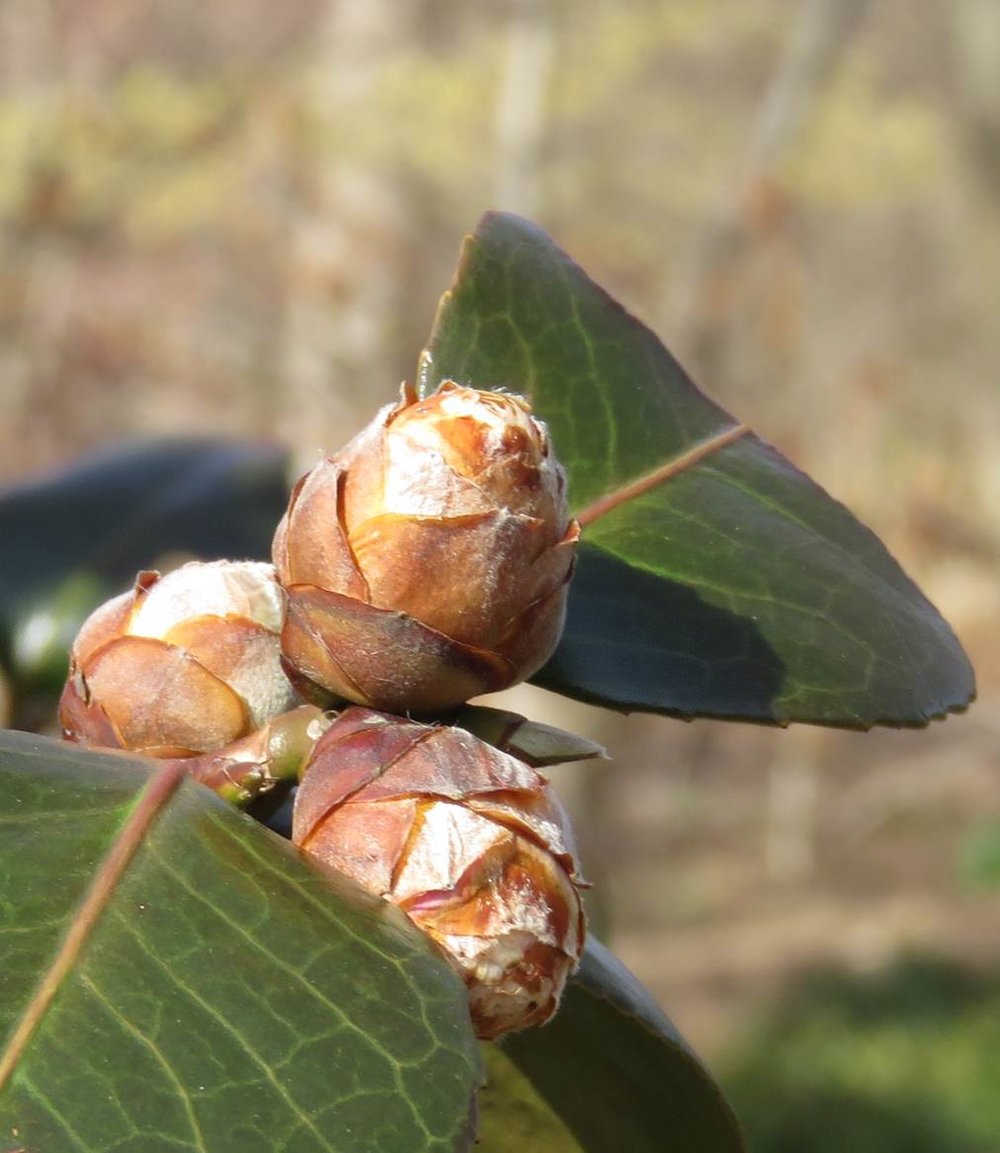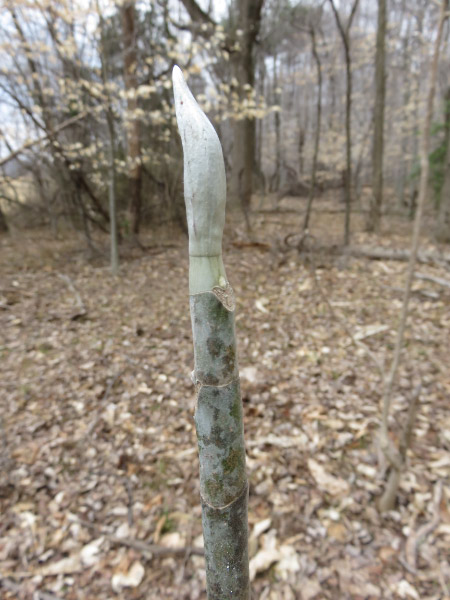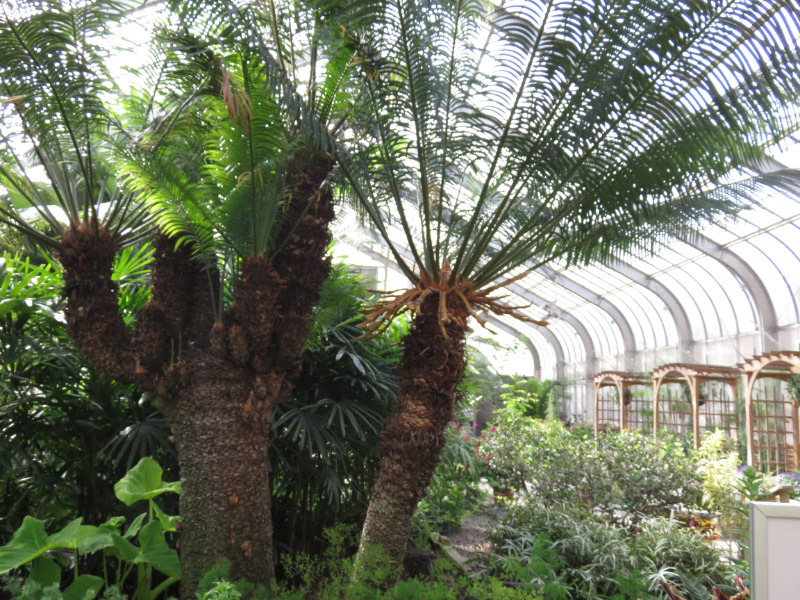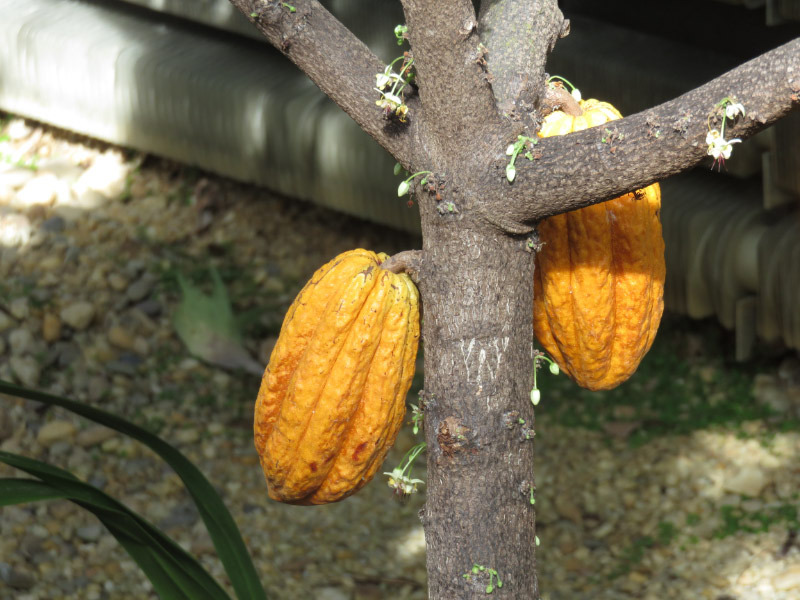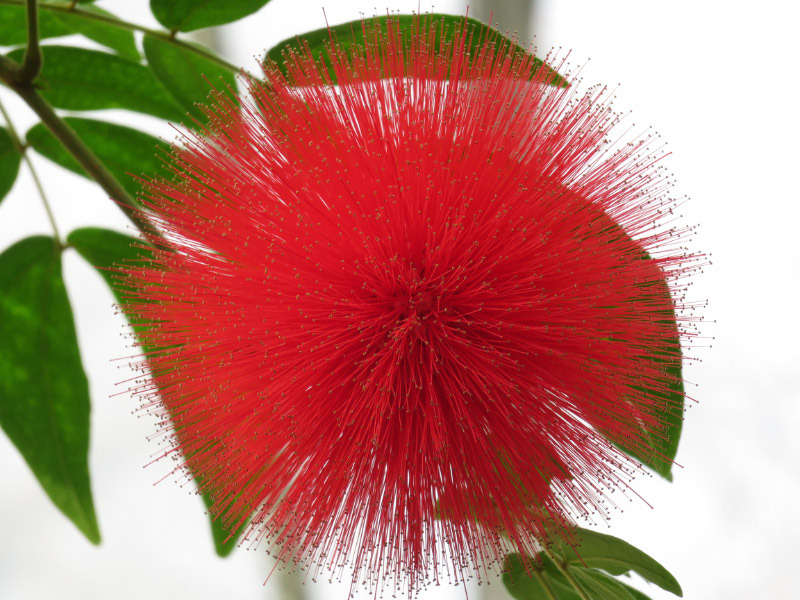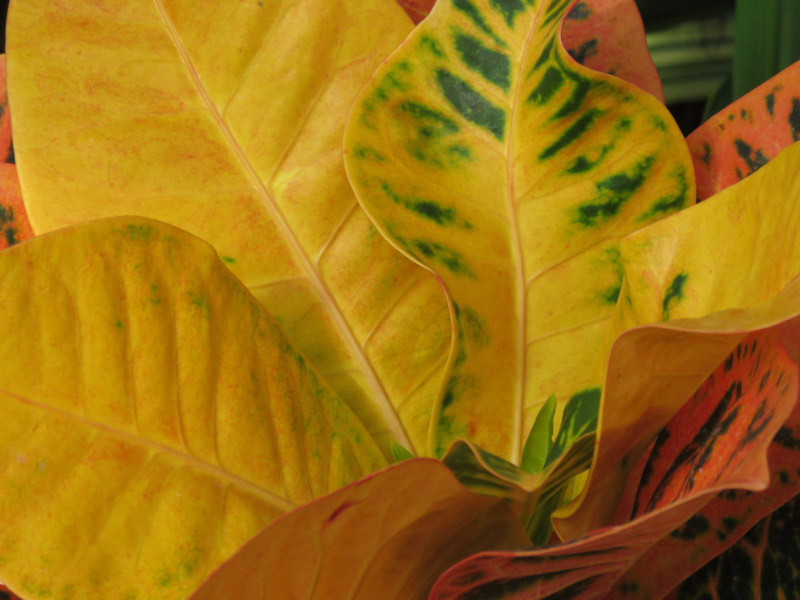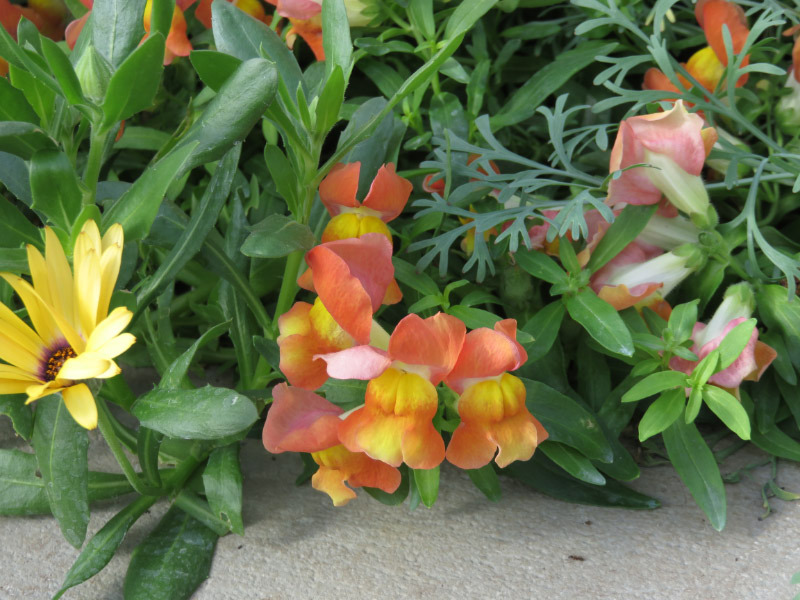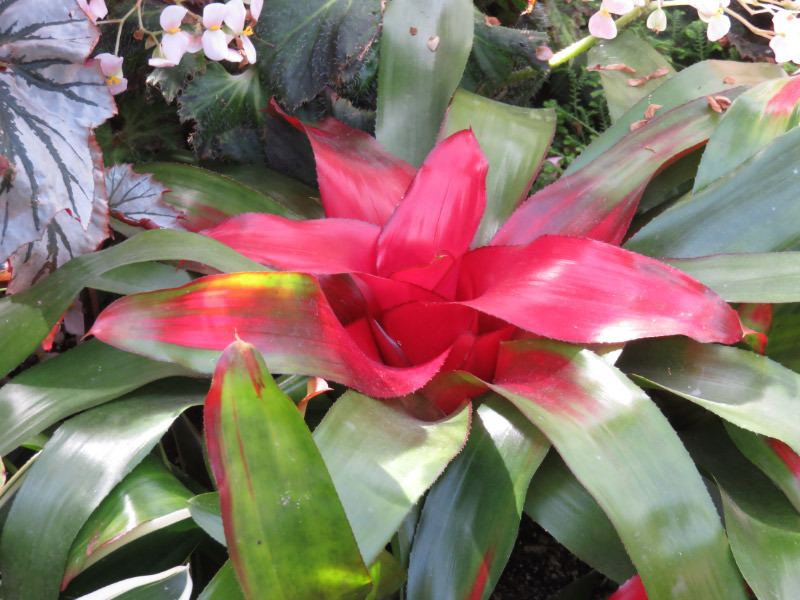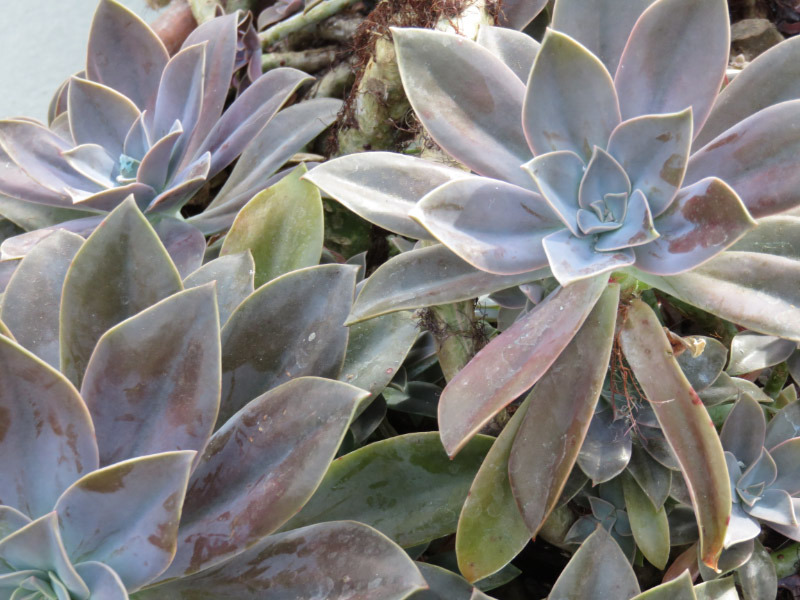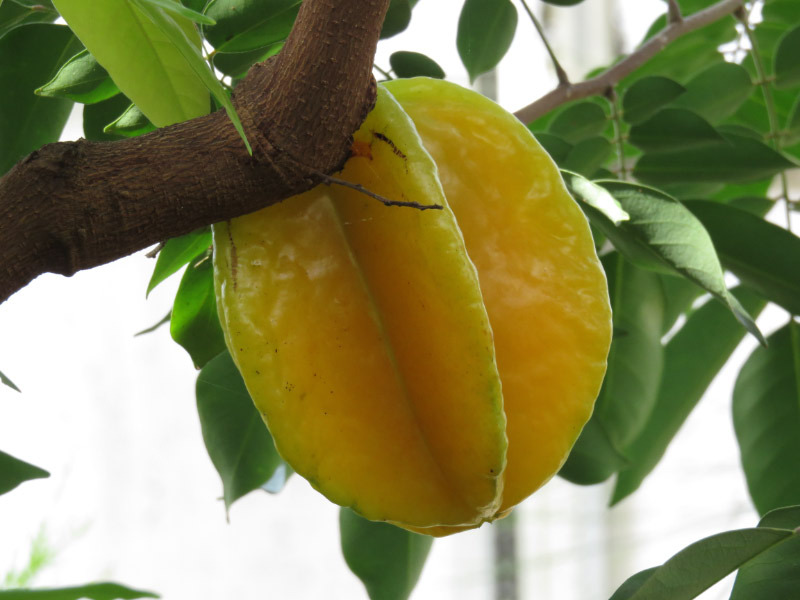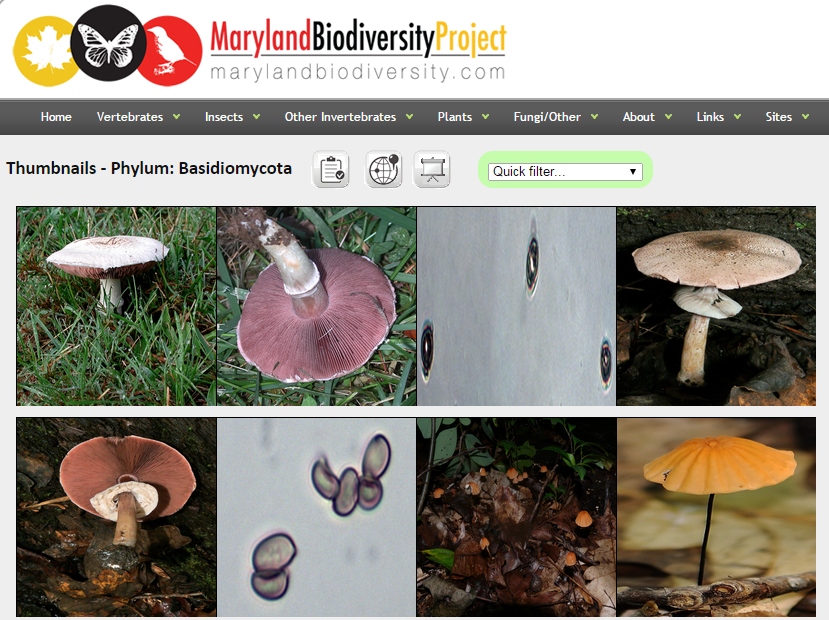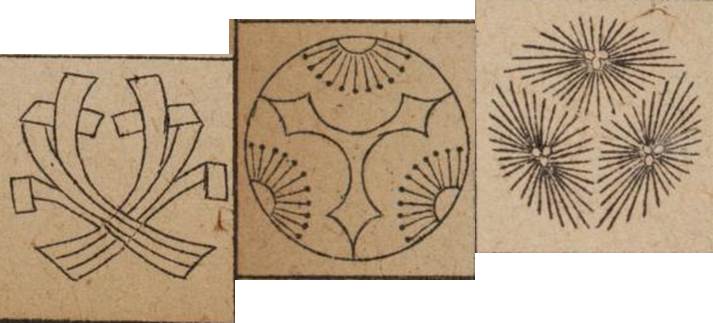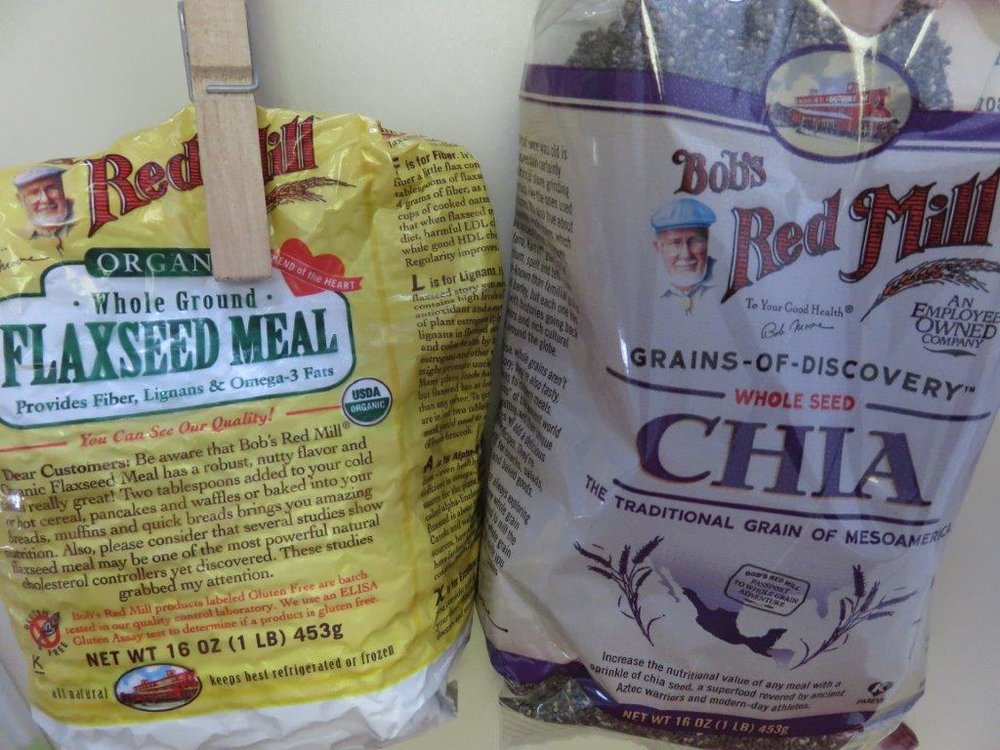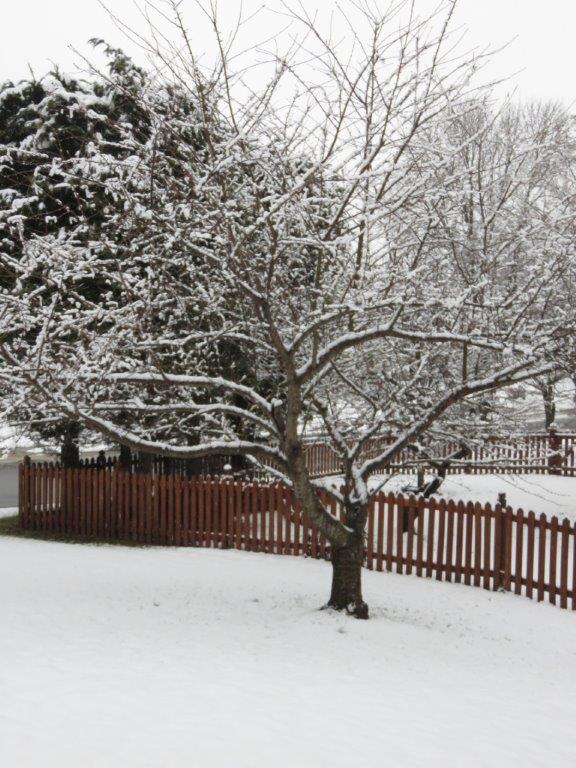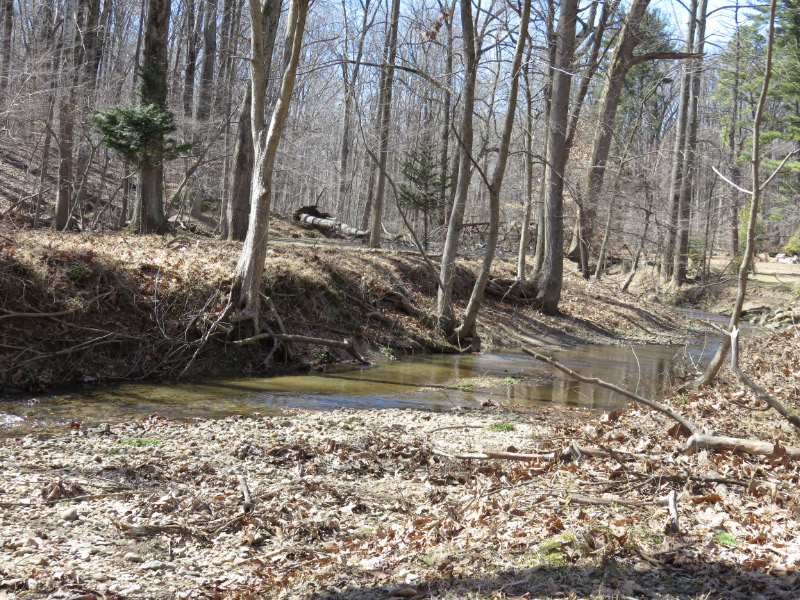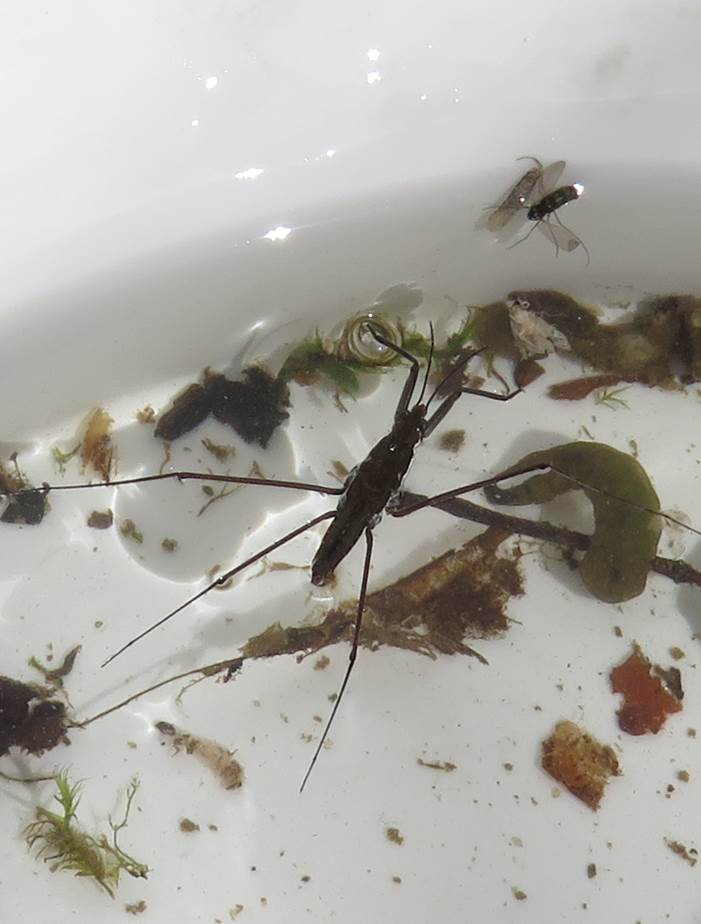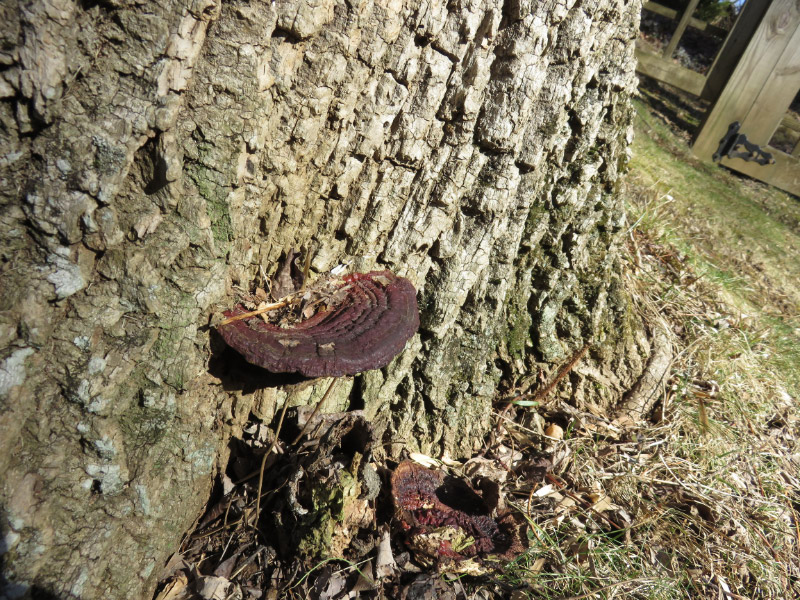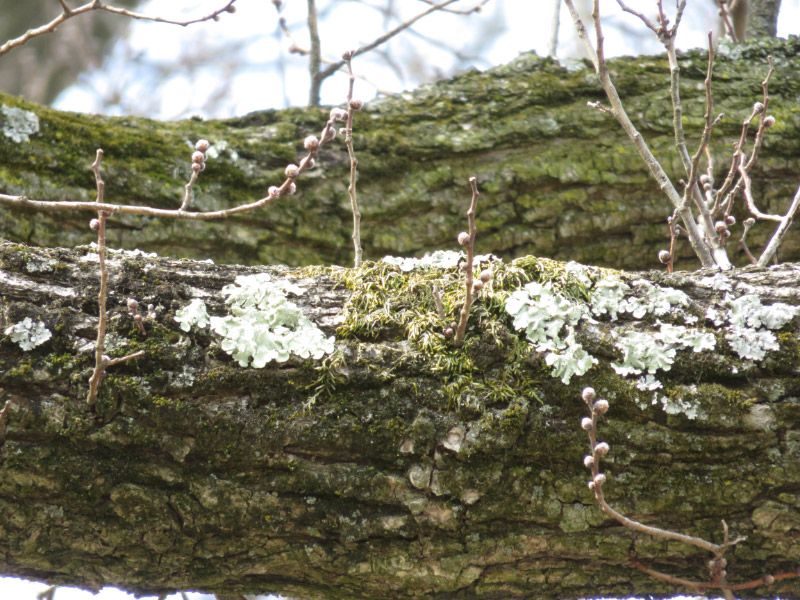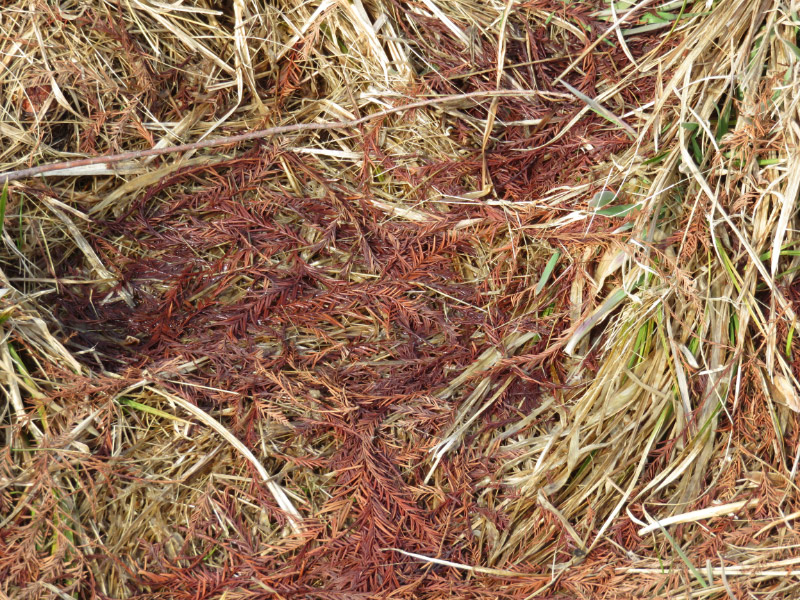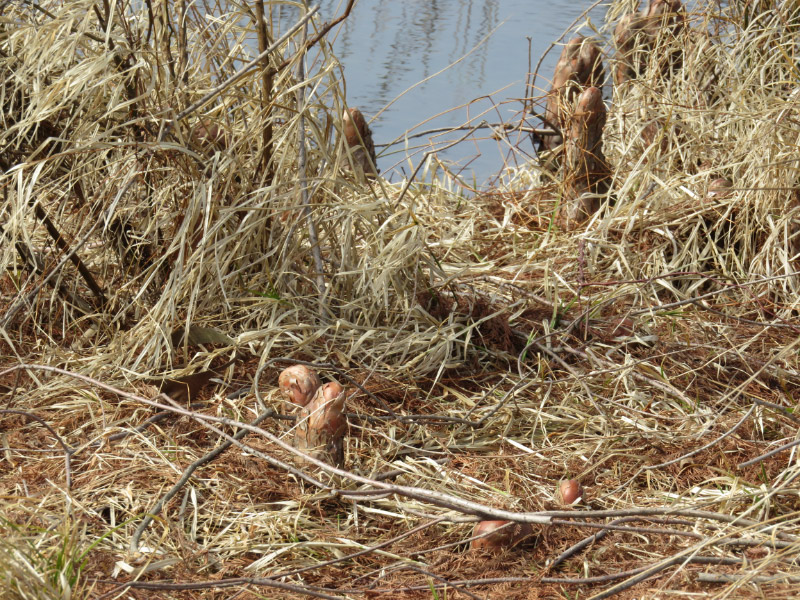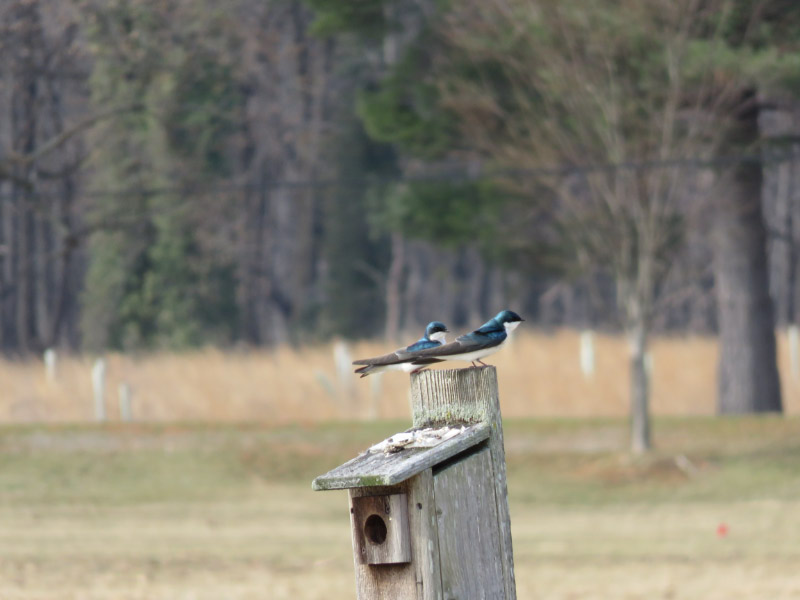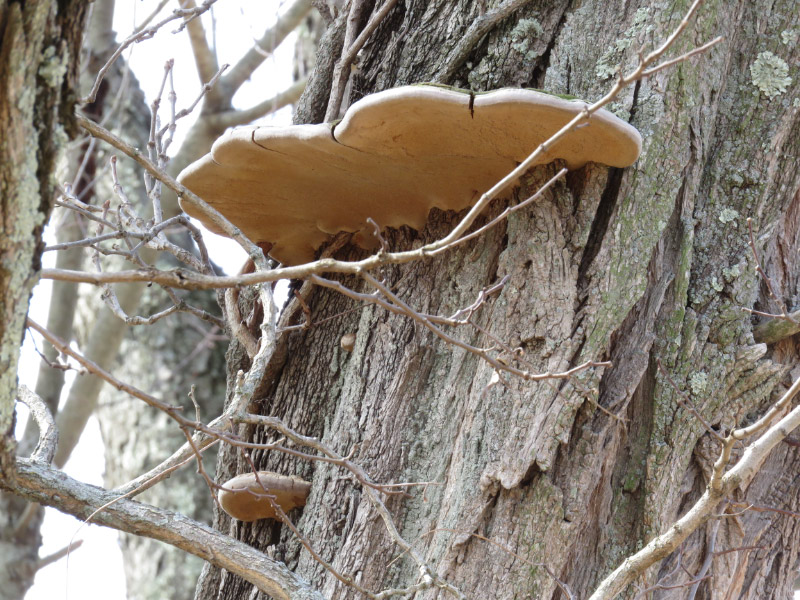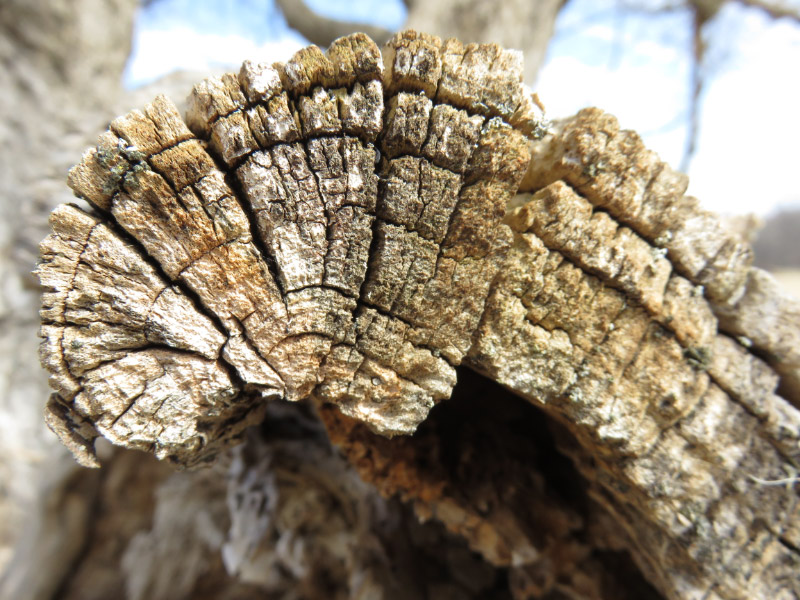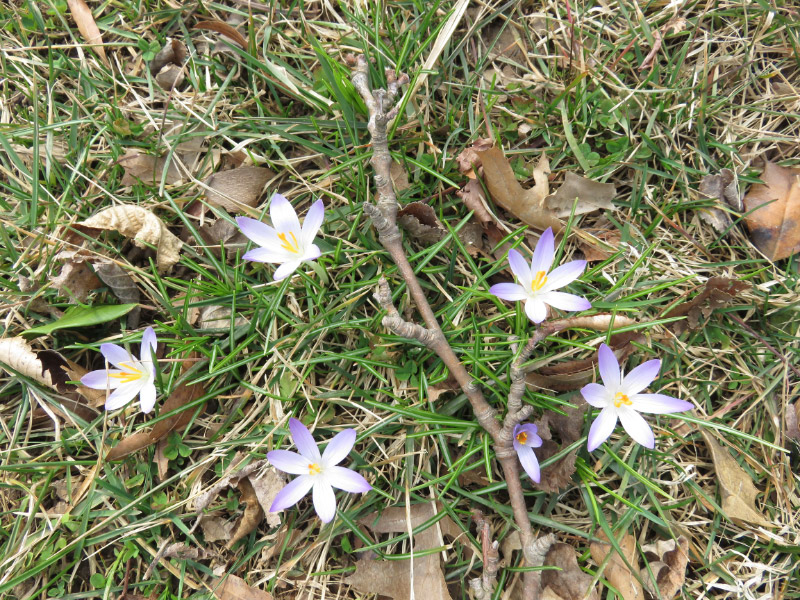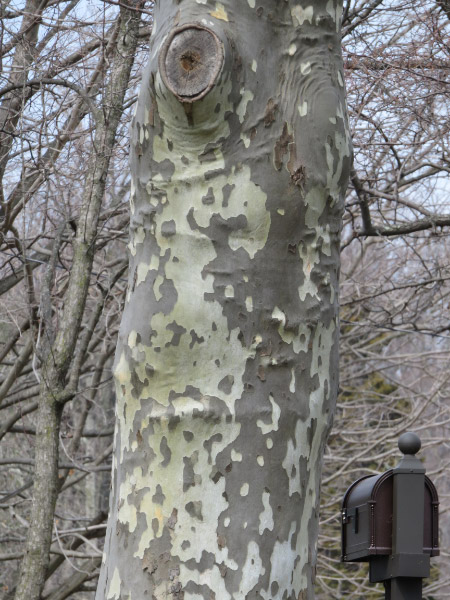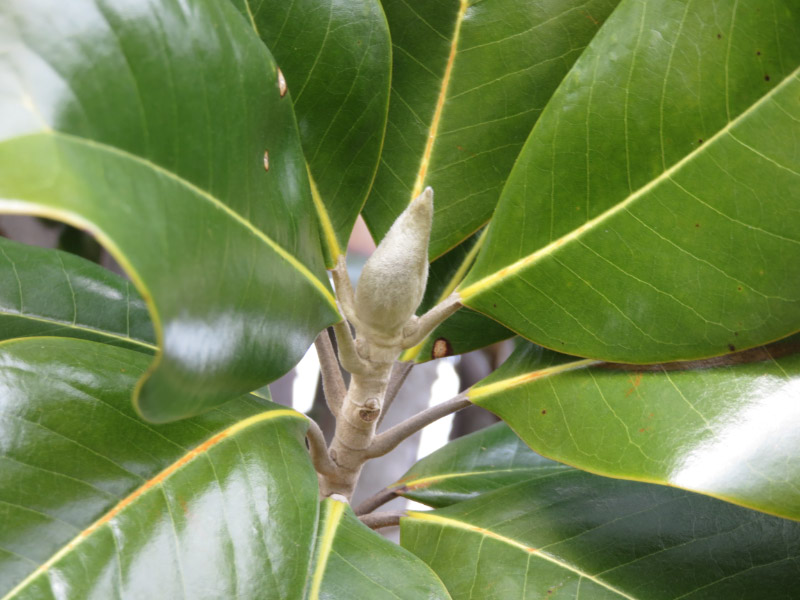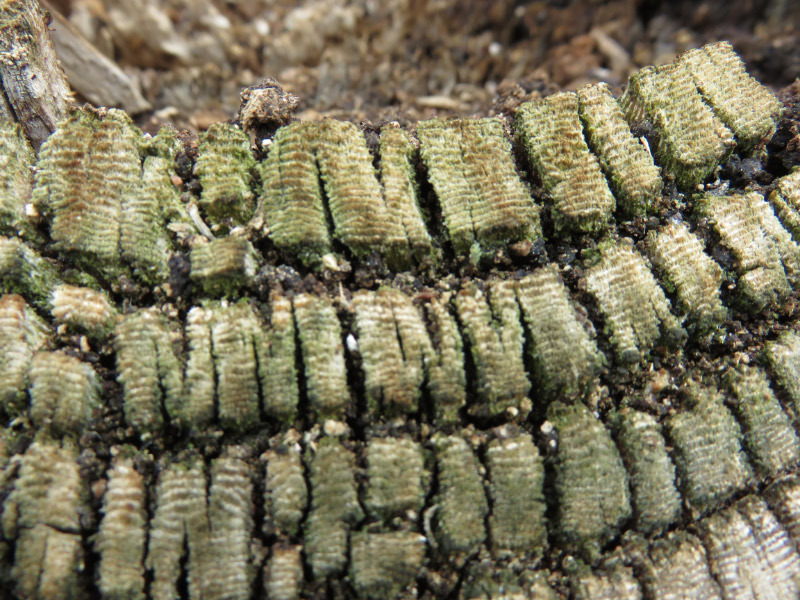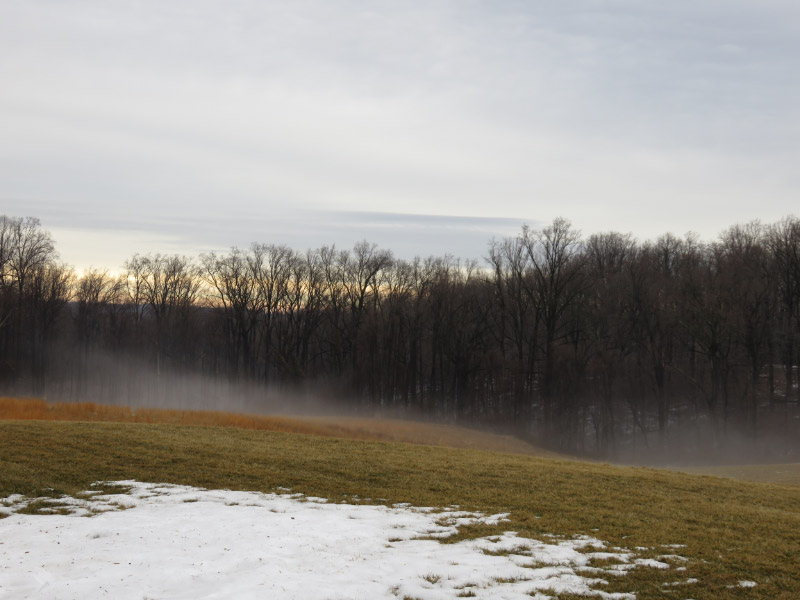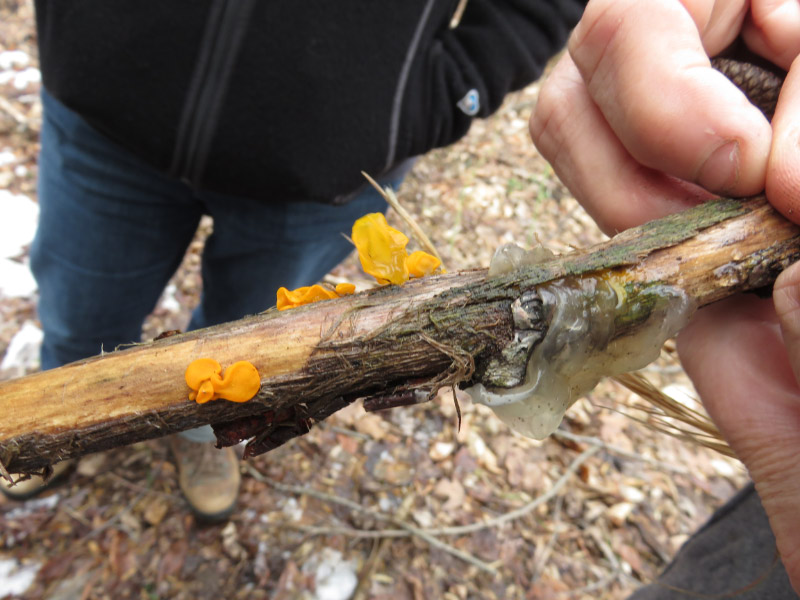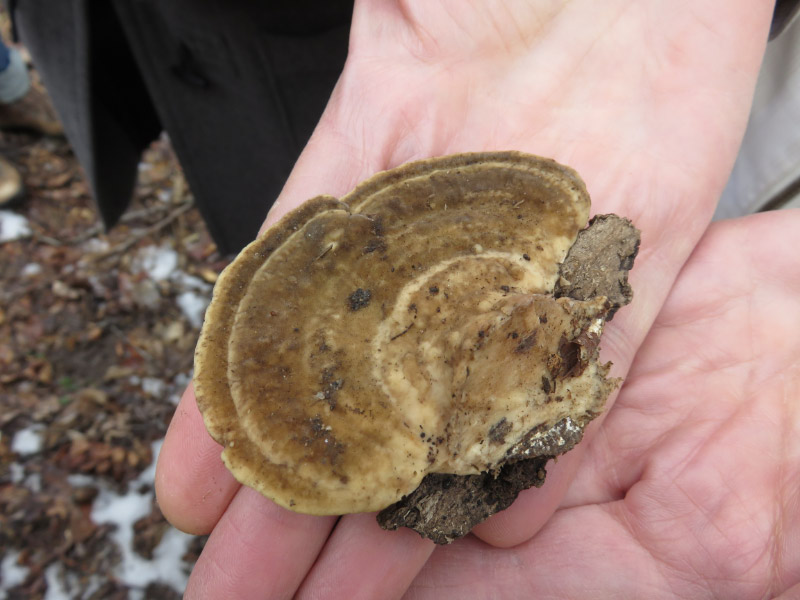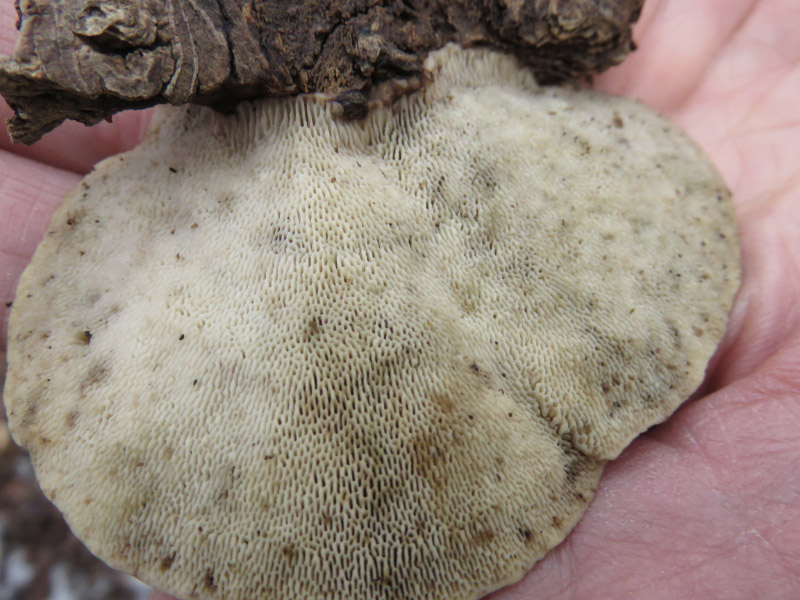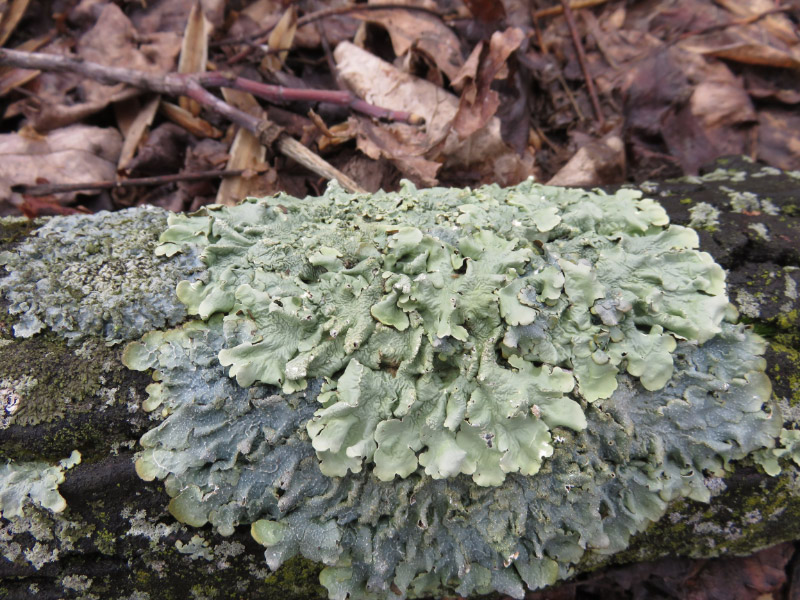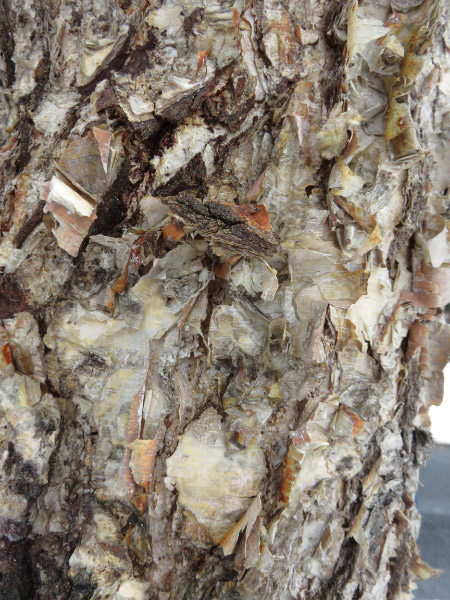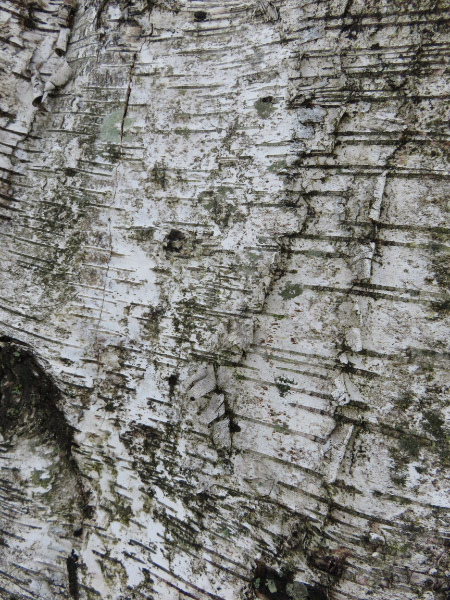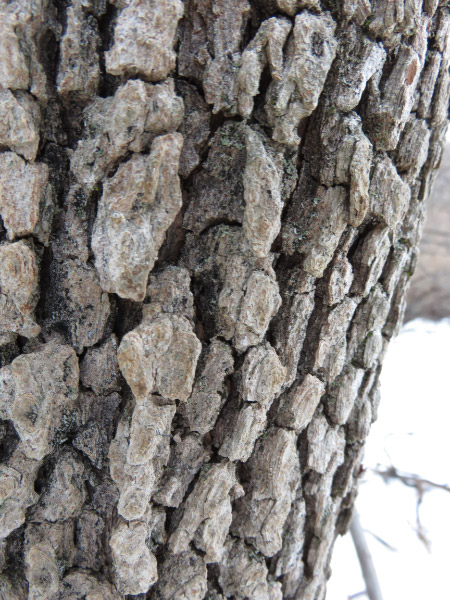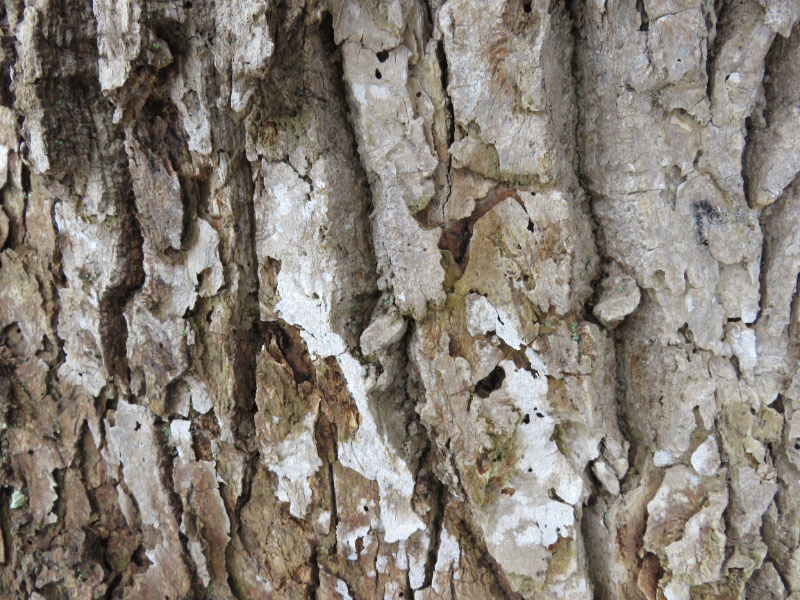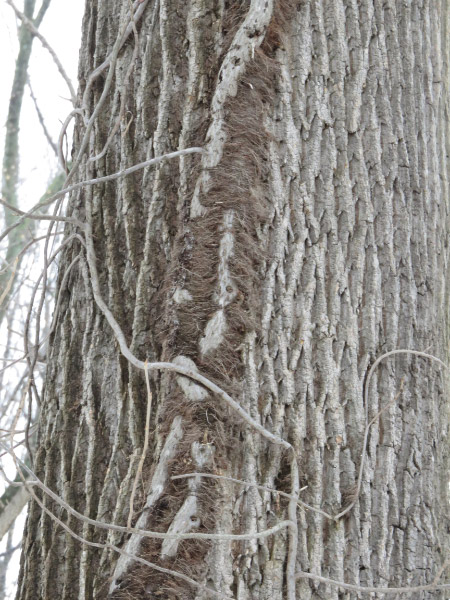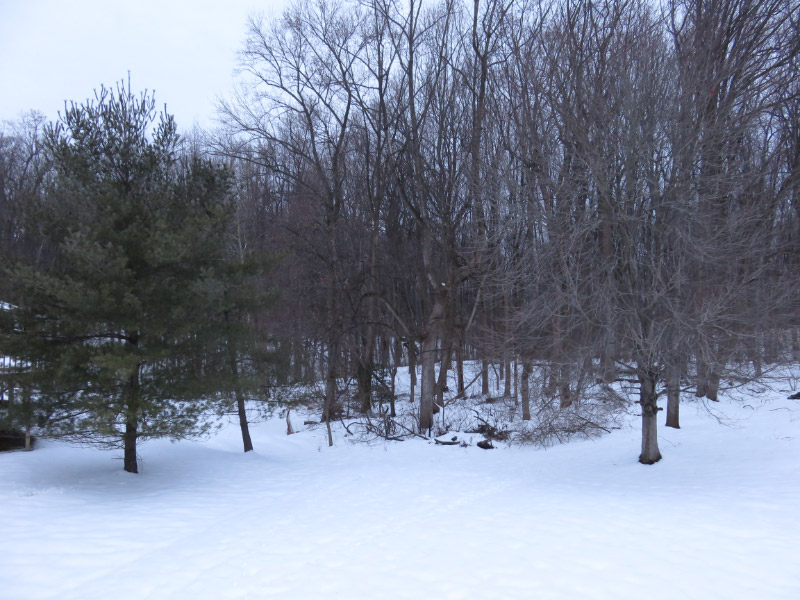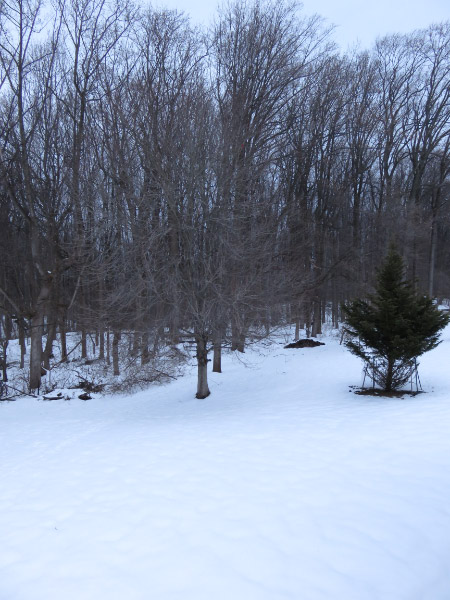Gleanings of the Week Ending April 04, 2015
/The items below were ‘the cream’ of the articles and websites I found this past week. Click on the light green text to look at the article.
Disturbingly little known about microbeads, plastics in the Great Lakes - Microbeads and small plastic debris may be a bigger environmental problem than anticipated.
Scientists Urge Museums to Cut Koch Ties - Do sponsors of exhibits at places like American Museum of Natural History and the Smithsonian’s National Museum of Natural History influence the content of the exhibits they sponsor? An uncomfortable reality of modern America?
Watch Plants Sprout and Grow In Seconds, In These Astonishing Timelapses - There is a lot of sprouting going on in the springtime. I enjoyed this collection of videos showing acorns, mung beans, and chia seeds sprouting.
15 subway-style maps that explain everything but subways - Some of these maps work well…some are a stretch. Just because the style of map works for subways does not meant it is good for everything. It is fun to see the various subjects depicted this way.
What Creatures Can You Identify In This Fossilized Sea Floor? - How good were powers of observation? Maybe a larger image would help?
Solar Shingles’ Electricity: Interview with Integrated Solar Technology - I’ve always thought solar shingles would be appealing - if this price was right they should be part of the roof on every house!
Lessons of the world’s most unique supercentenarians - More and more people are living into their 90s…and even past 100. Researchers looking at people over 85 are discovering that chronological age may not be a valid form of measuring health at all.
Good luck and the Chinese reverse global forest loss - Over the past 20 years - China has tree planting projects, there is been more rain in Australia, South America in Africa savanna areas, and Russia/former Soviet republics have regrowing forests on abandoned farmland. That has offset the vegetation loss in the Amazon forests and Indonesia.
With 'Single-Stream' Recycling, Convenience Comes at a Cost - This is frustrating. We have ‘single stream’ recycling in our area. It’s easy but it may mean that more that we ‘recycle’ actually goes to the landfill.
Exercise largely absent from US medical school curriculum, study shows - More confirmation that in the US we train doctors to help sick people….not to help people sustain (or regain) health.
Universities on the Brink of a Nervous Breakdown - Really? Isn’t it healthy for organizations to evolve rather than be static?

